Poetic justice — or the punishment of characters who do wrong might be one solid difference between stories ‘for children’ versus ‘for adults’. Some adult gatekeepers are squeamish about the possibility of young readers siding with naughty characters who go unpunished.
See: Rewards and Punishments, a categorisation from Baughman’s Type and Motif Index of the Folktales of England and North America by Ernest Warren Baughman 1966.
Children’s storytellers from the first and second Golden Ages of Children’s Literature had no problem with didactic stories in which bad behaviour goes punished. Take the preface of Timmy Tiptoes (1893) , in which a child tortures animals then has nightmares about the animals torturing him:
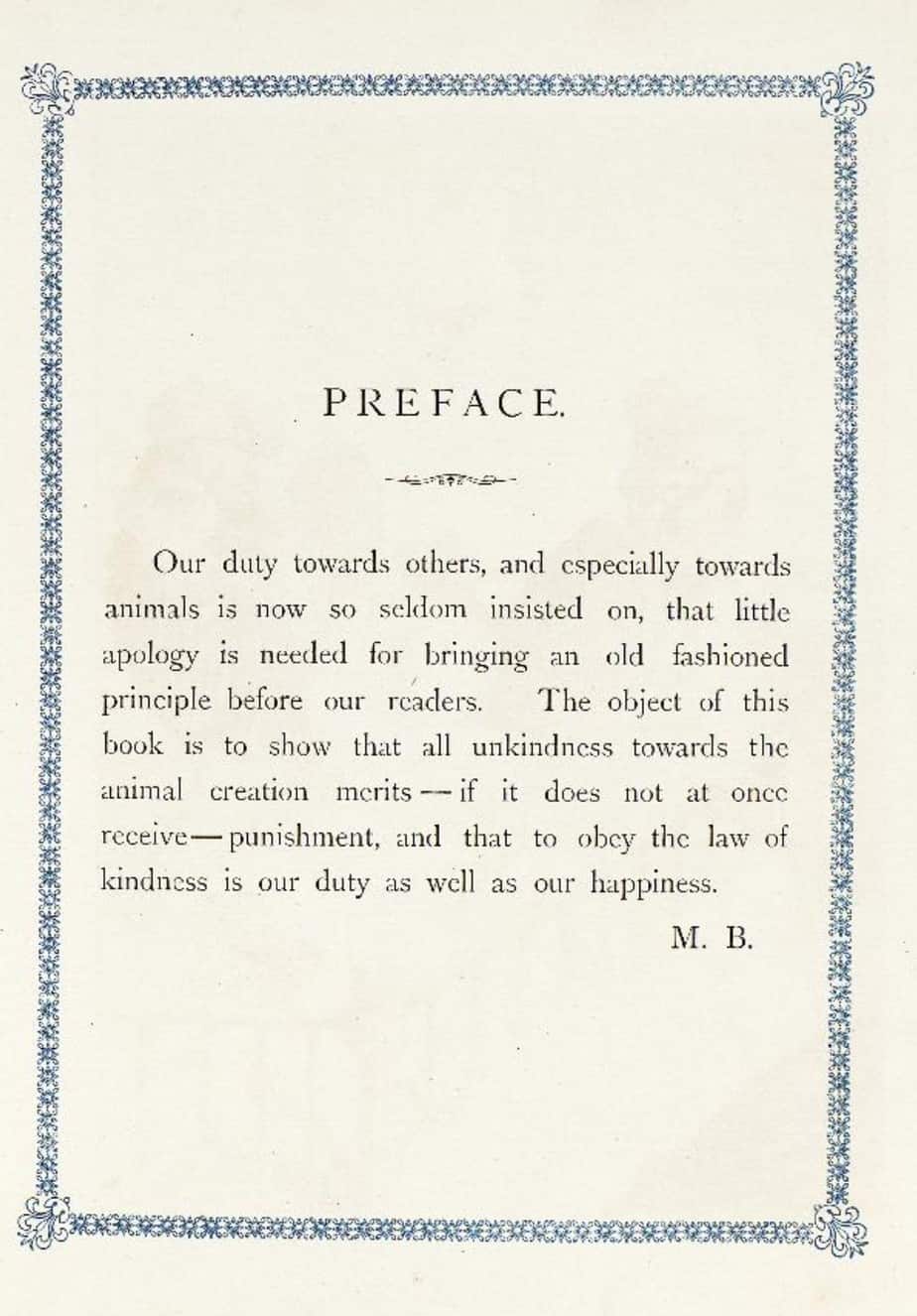
Next, compare this story with a more modern picture book with the same plot: Monster Pet. The didacticism and just desserts is still there, but not stated in words, only via the plot.
How do I know the wish for punishment hasn’t entirely died? Well, if you enjoy spending your one precious life reading one-star reviews of picturebooks on Goodreads, say, you may have noticed a few similarities in the types of books that get parents all riled up. One common crticism goes like this:
The baddie does not get punished. He gets away scot free! This is a very bad example to children, who will learn from this story that doing bad things is okay.
from an actual consumer review of a picture book on Goodreads
Award winning modern picturebooks such as This Is Not My Hat by Jon Klassen get multiple reviews of this kind. An Australian example is Millie by John Marsden and Sally Rippin.
Parents only have a problem with unpunished heroes, however. If the storyteller sets up a character who is clearly, clearly the hate-sink baddie, then punishment is expected.
Given that the readers of picturebooks are very young, and that picturebooks are very often read right before bed, children’s authors do not have the extensive fallbacks we might see in the punishment typically meted out to the villains of adult stories:
- Community service
- Fines
- Incarceration
- Bodily harm
- Serious injury
- Death
- Torture followed by death
But what if picture book authors would like to somehow punish their baddies, in this culture where retribution feels increasingly outdated? (Scandinavian prisons are not about retribution; they’re about care and reform, and we all know we should by running the world like the Scandinavians.)
If you’re a writer creating narrative for an adult audience you have the option of exploring the true nature of (in) justice — how it is not always poetic; bad behaviour is more often rewarded than punished, and how does that change the world? How are we supposed to live with that fact?
Here is the creator of BoJack Horseman, a cartoon for adults, on the concept of punishment in storytelling:
[We are conditioned by narrative to believe] that if we are good we will be rewarded, and if we have good intentions, that will lead to good actions. And if we are true and brave and loyal and kind, then things will work out.
I’m interested in the ramifications of believing in that. And I think that’s another reason why Hollywood is interesting, certainly for me because the show is about how the people who create these stories are the people who are affected by these stories.
Junkee
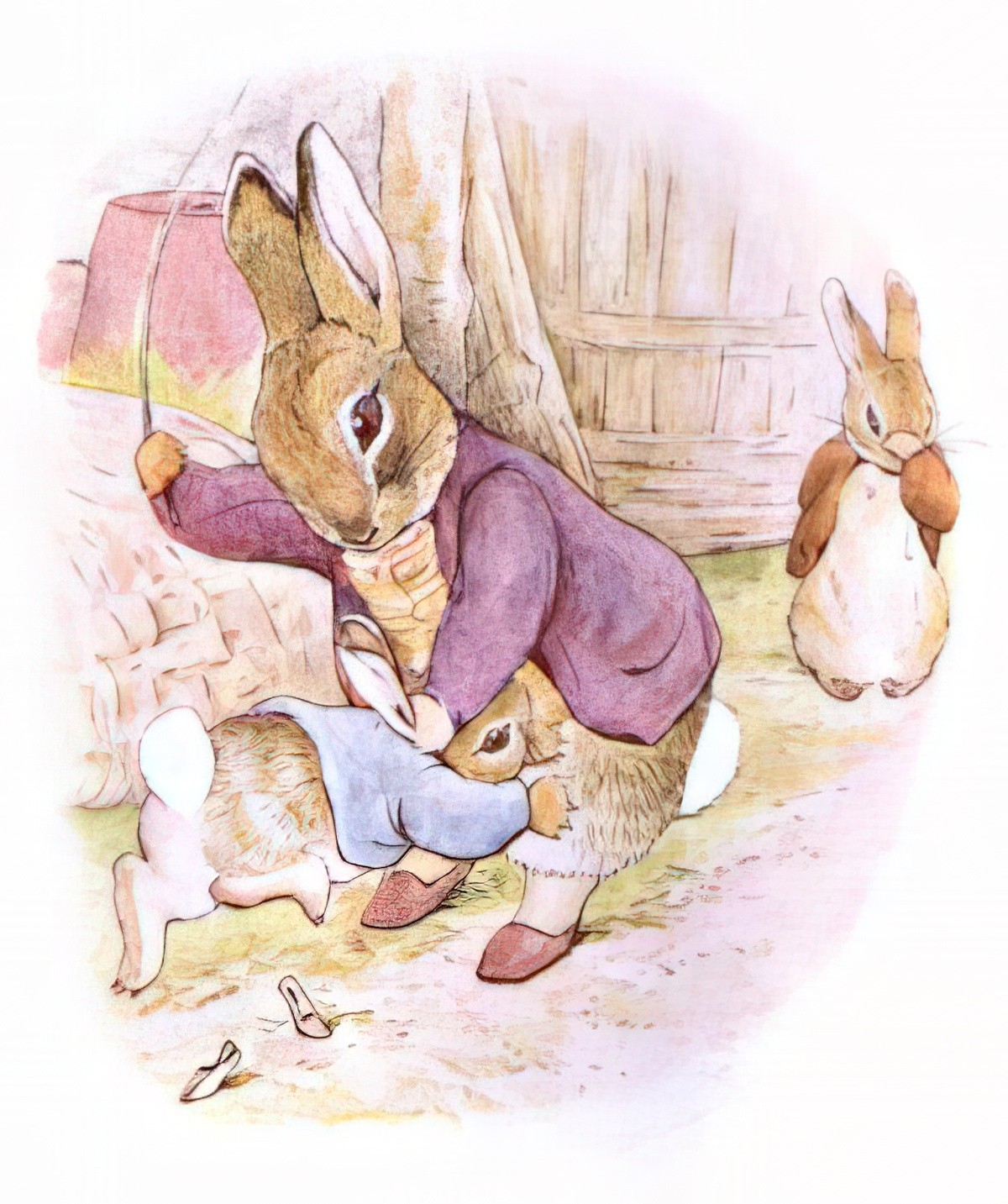
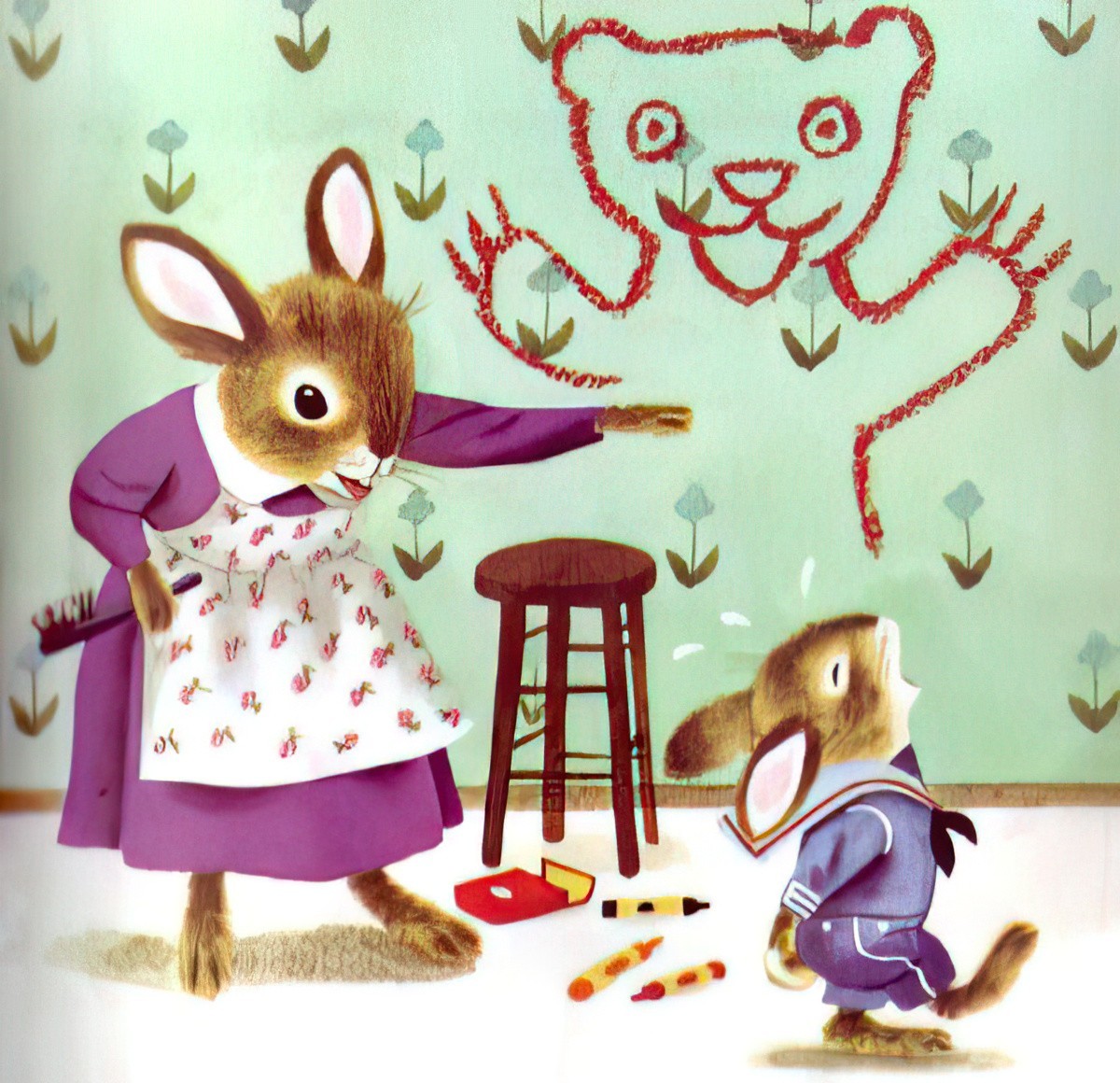
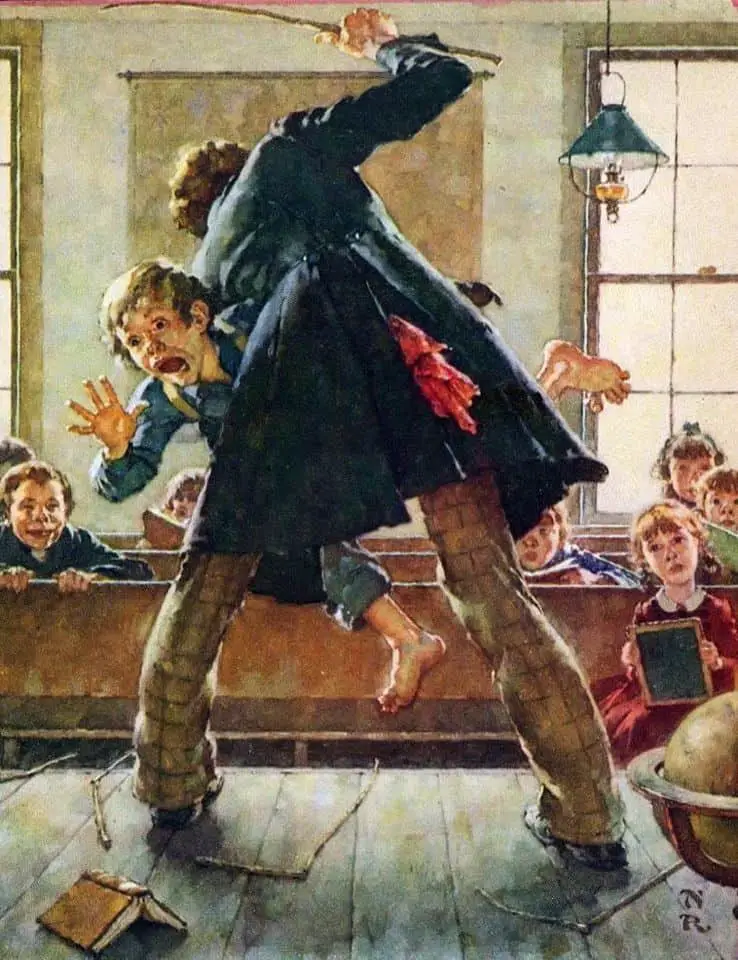
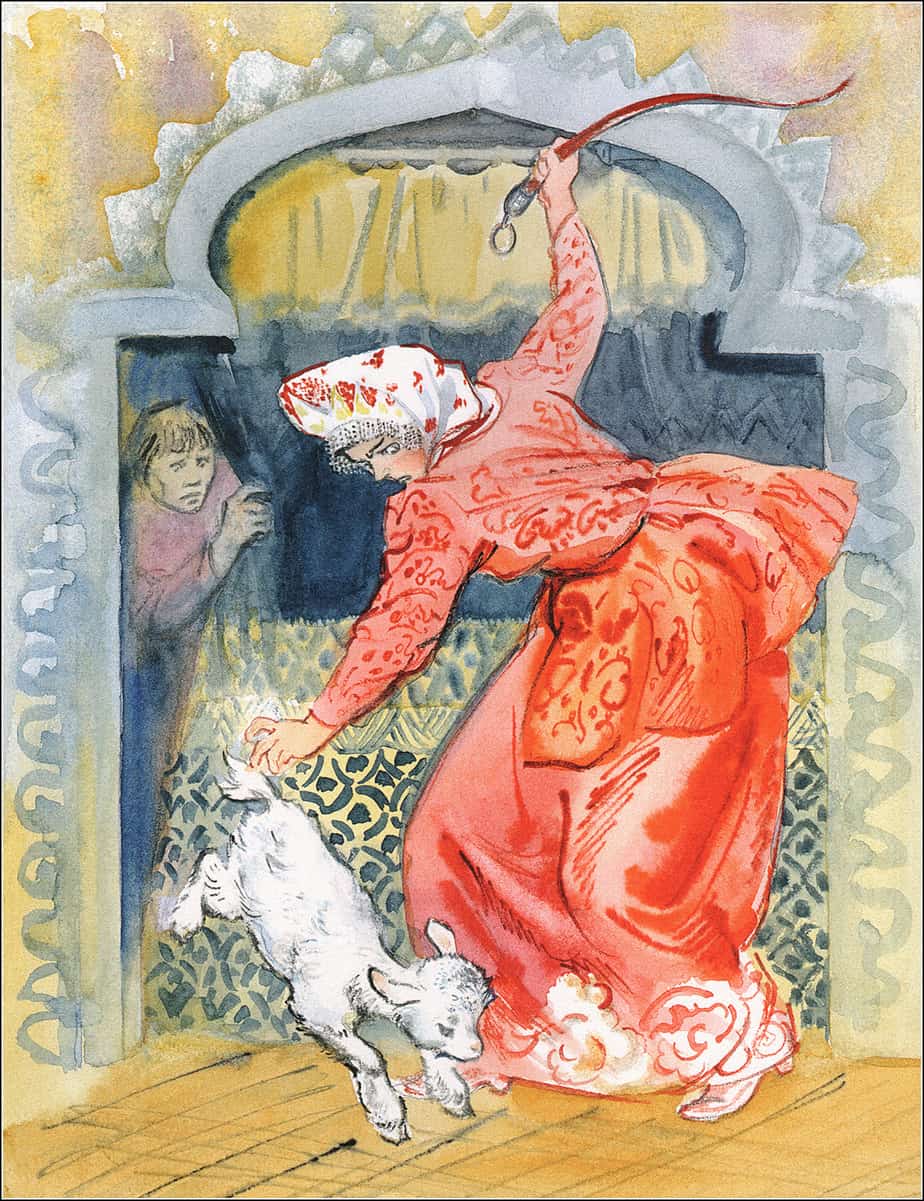
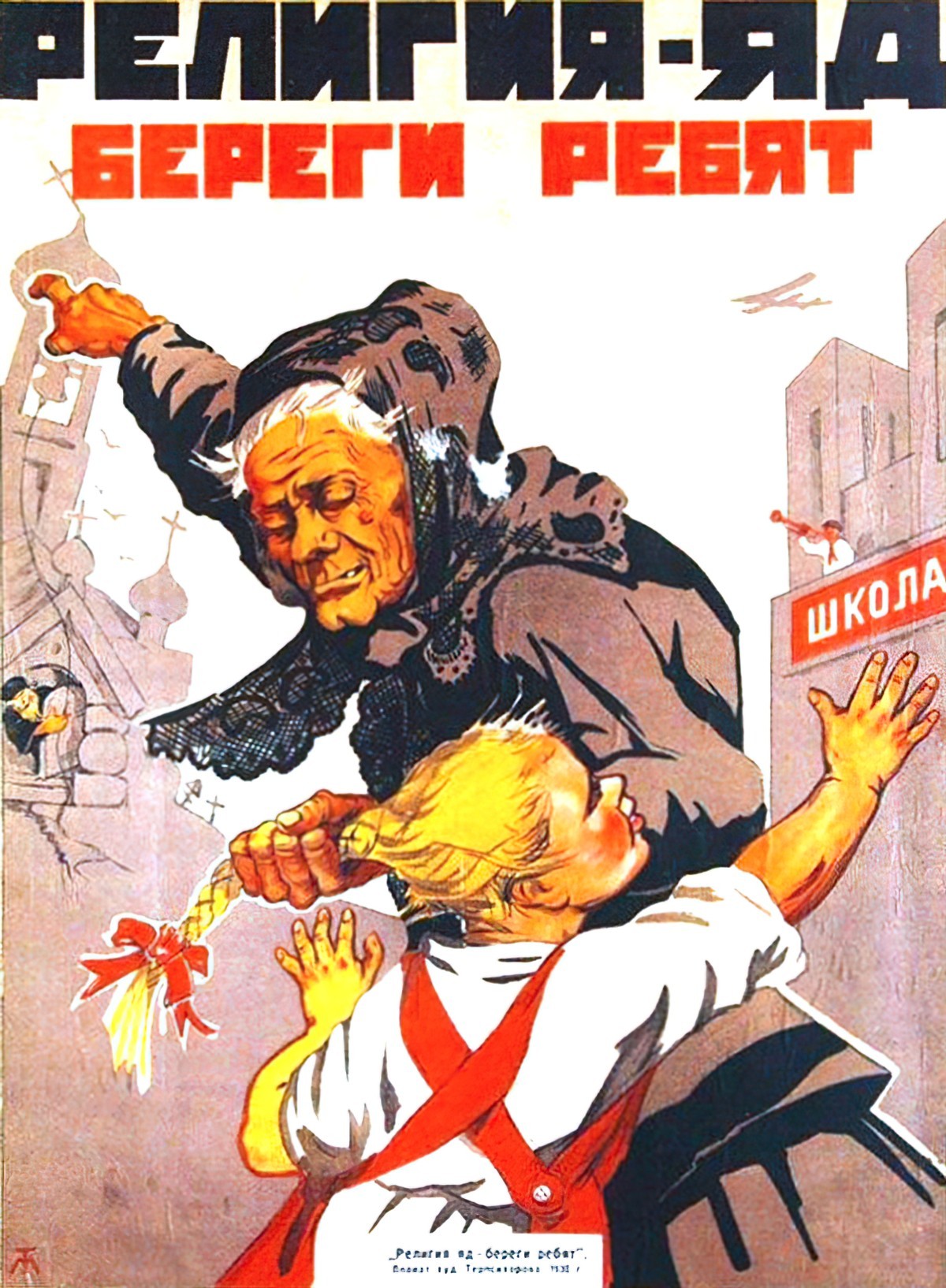
Slovenly Peter, or, Cheerful stories and funny pictures for good little folks illustrated by Hoffman Heinrich. For violence, a child receives the punishment of retributive violence.
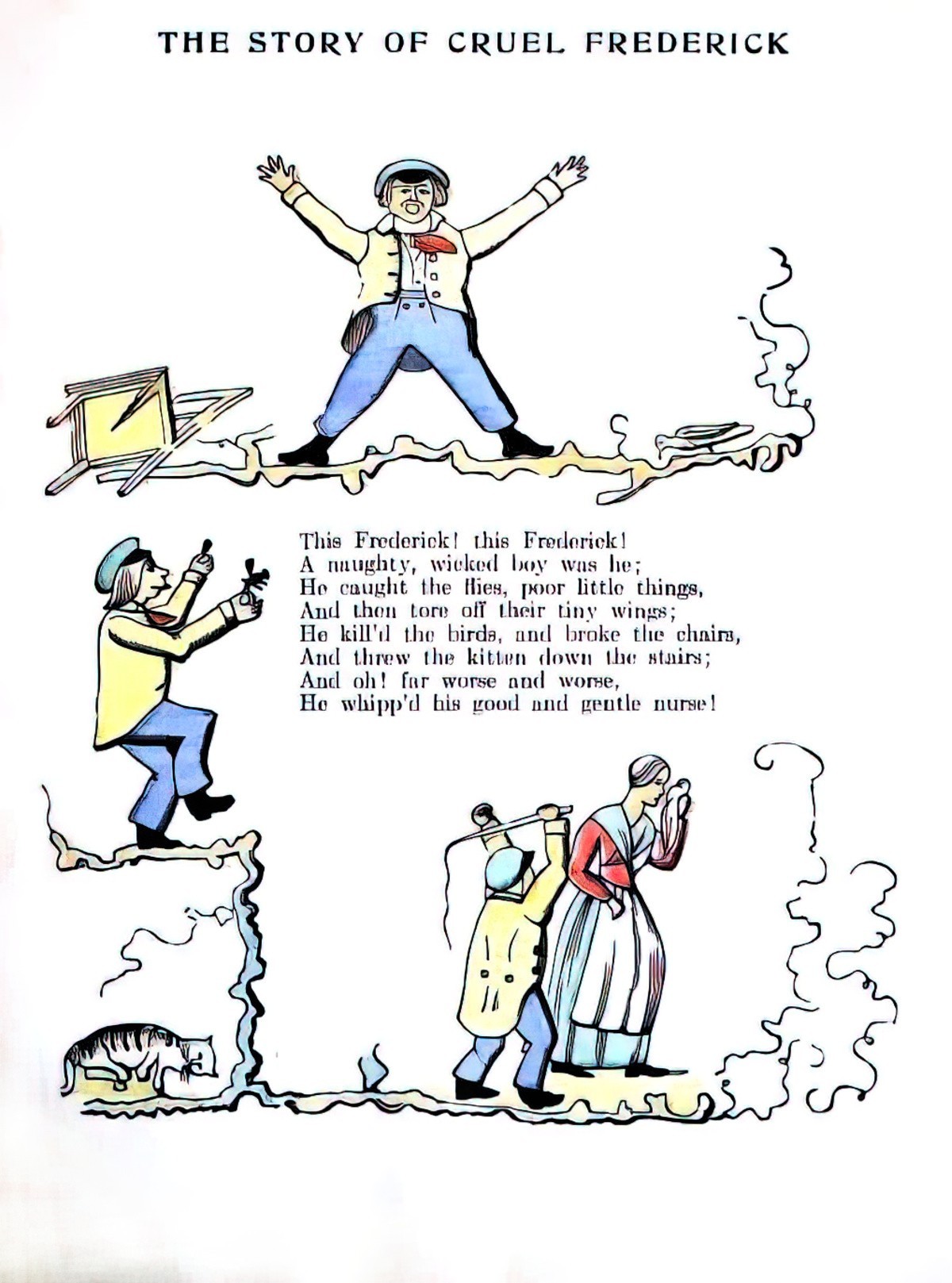
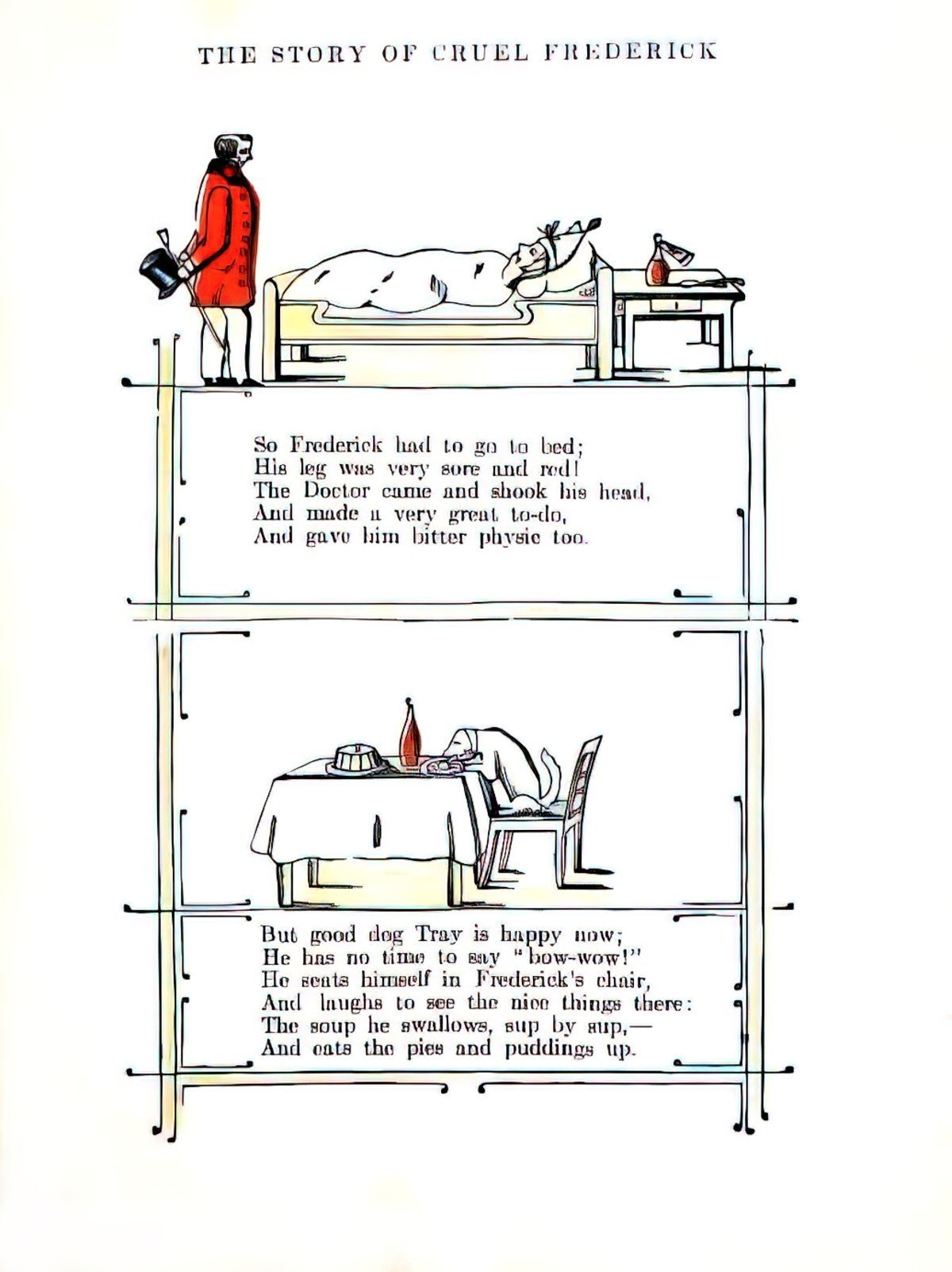
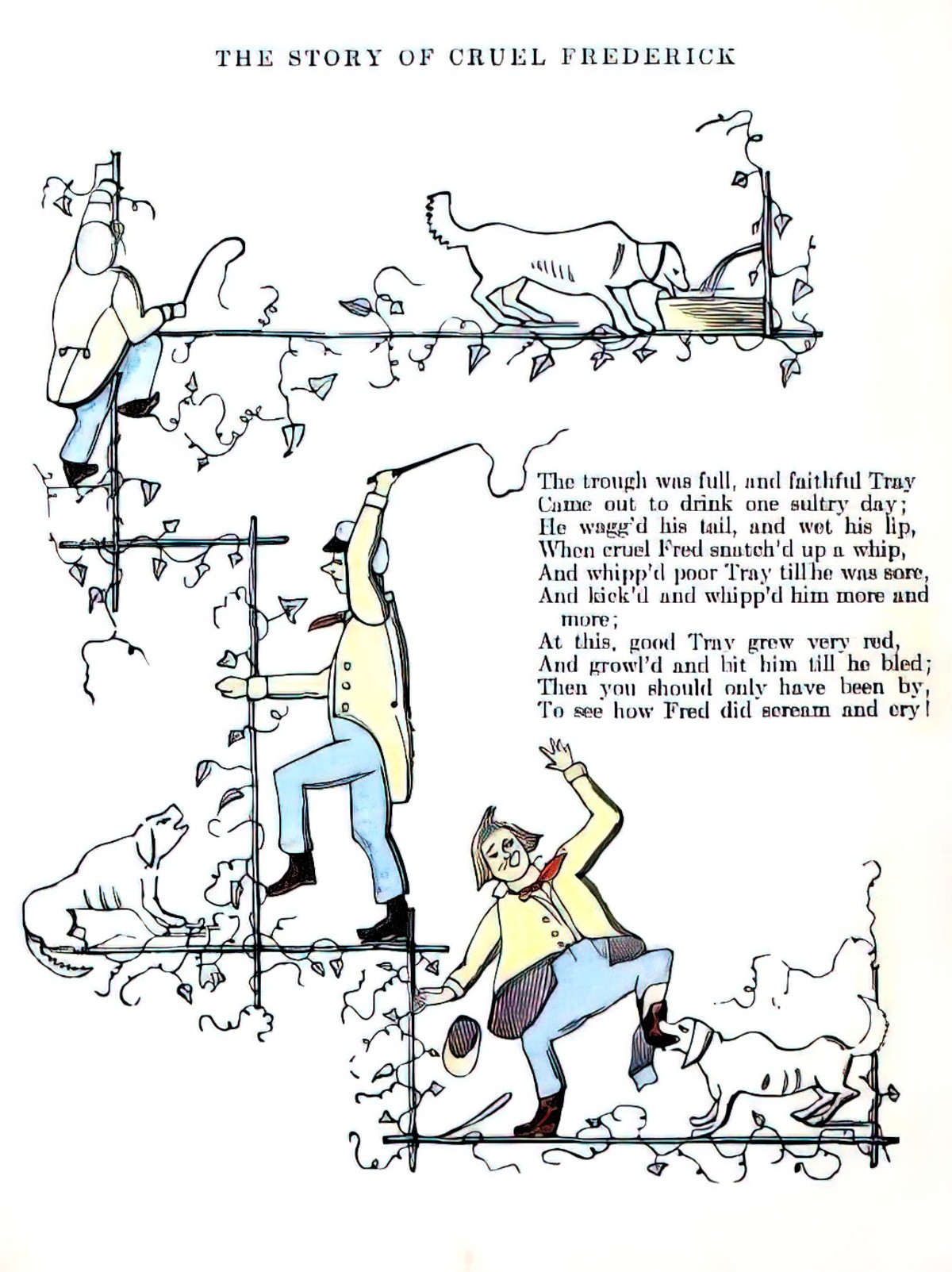
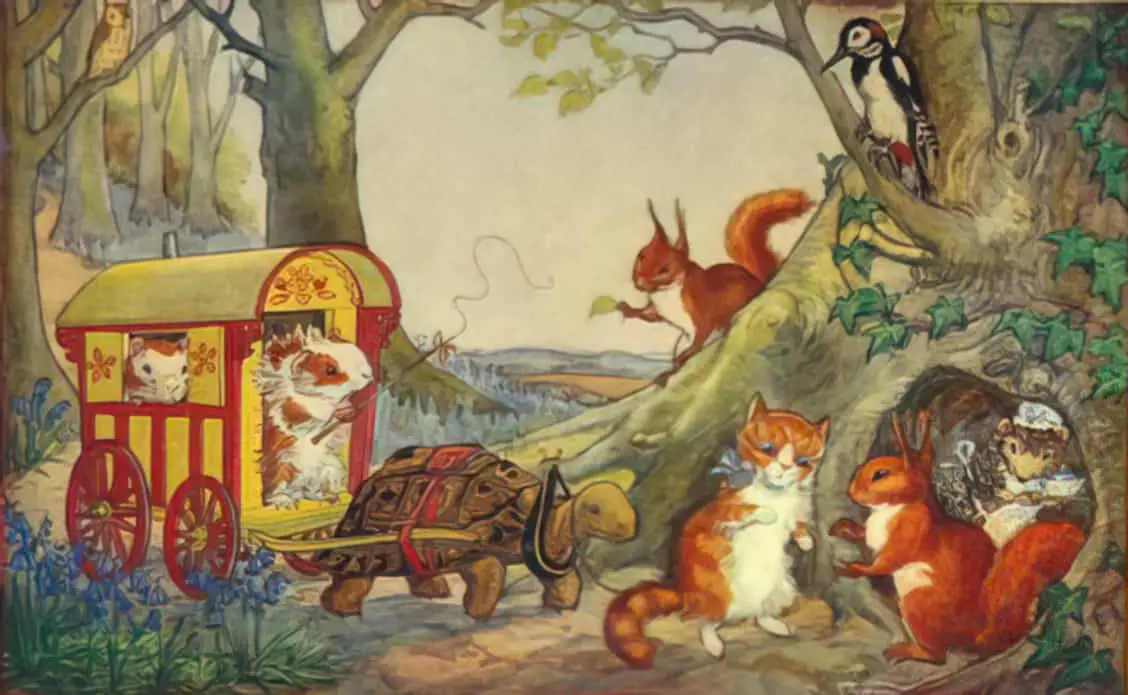
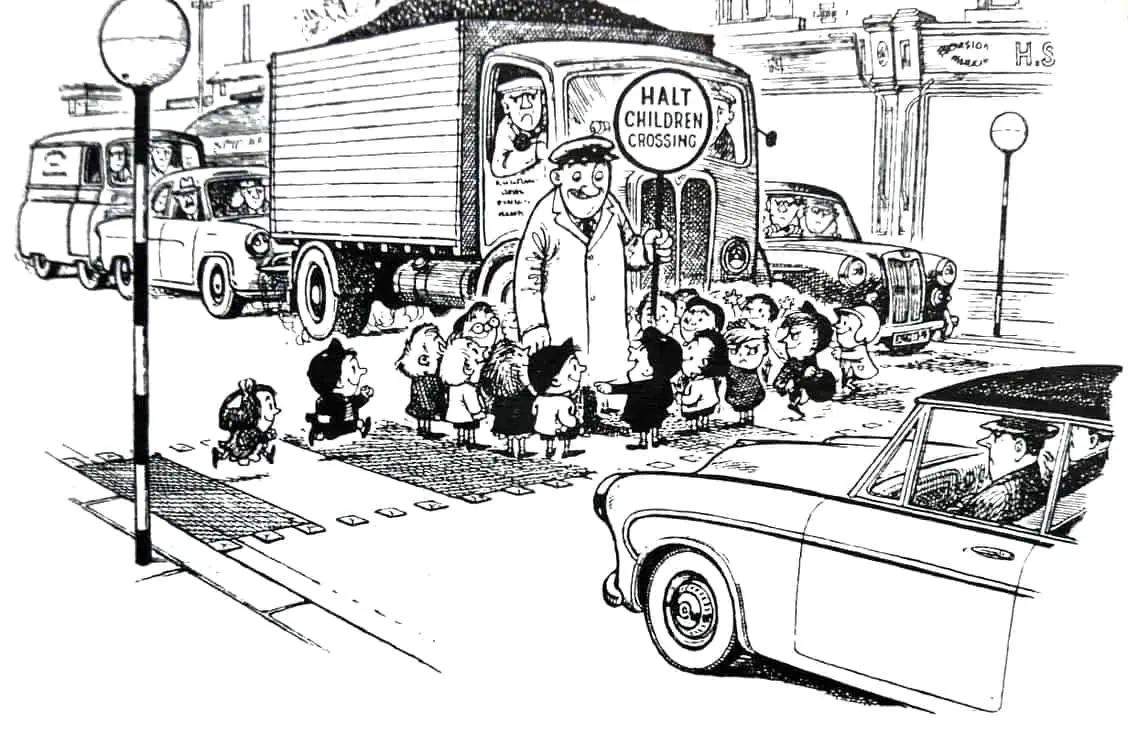
Another common punishment from earlier times: Withholding food.
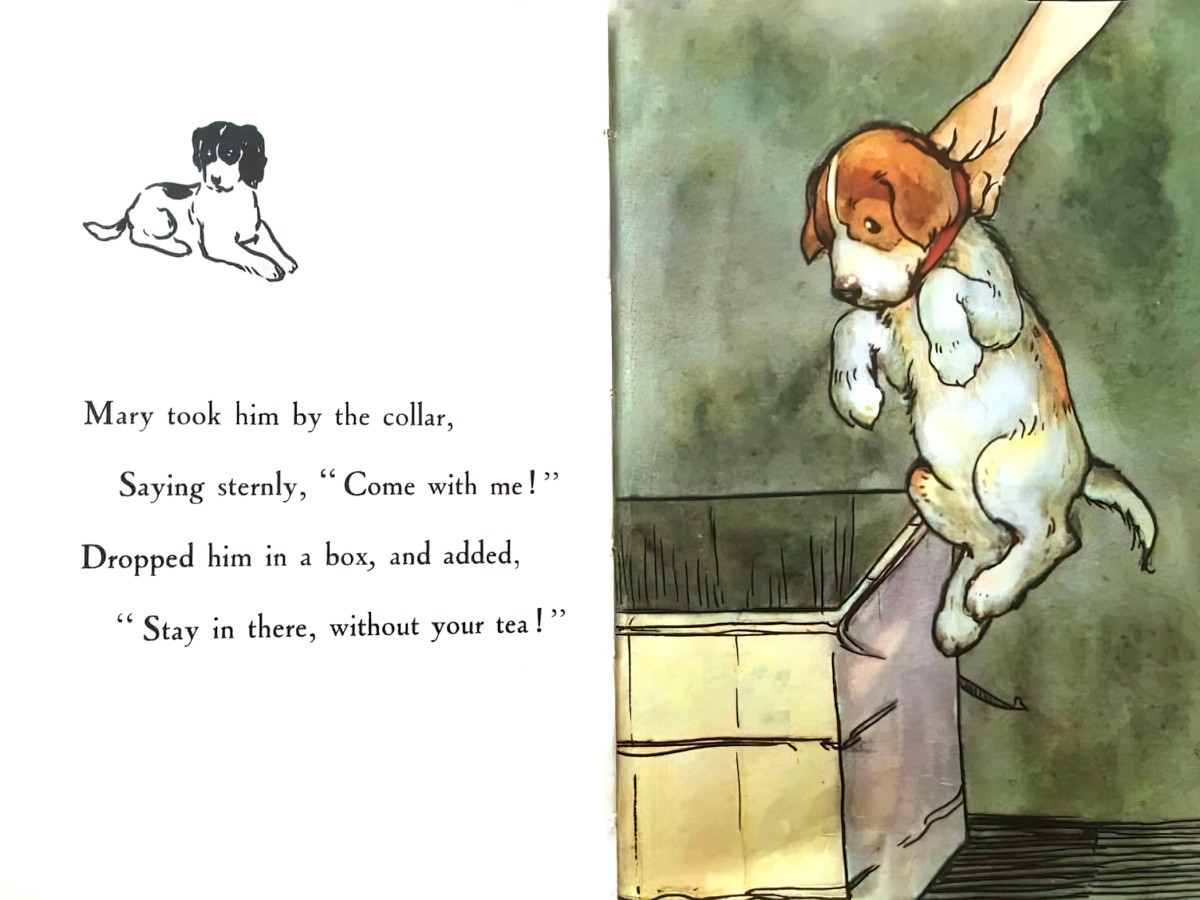
JUSTICE AND CHILD DEVELOPMENT
The idea of retributive justice is a concept learned very early by children, though we probably shouldn’t call it that. I remember my own daughter at about two or three years old, banging her own knee on a table, then crying with some fury. She believed the table had done that to her out of spite.
Psychologist Paul Bloom has shown that retributive thinking appears very early in the lives of infants, even before they begin to use language. Infants are delighted when they see the “bad person”—a puppet who has snatched something from another puppet—beaten with a stick. Bloom calls this an early sense of justice. I prefer to call it the internal Furies that inhabit us all, and that are not securely linked to real justice. The infants’ idea looks like a version of the lex talionis: an eye for an eye, pain for pain. It’s not hard to imagine that the crude idea of proportional payback has an early, perhaps an evolutionary, origin. It is a leap to call this an idea of justice, and I think we should not make this leap.
Martha Nussbaum, Jefferson lecture on Powerlessness and Politics
CHANGING ATTITUDES TOWARDS PUNISHMENT FOR CHILDREN
In the 1800s, children who behaved badly in stories were punished for that exact behaviour, which always got found out. This has started to change by the time Beatrix Potter wrote Peter Rabbit. Oh yes, Peter is punished all right, but this is still a subversive tale because Peter is not punished for his actual transgression. Sure, he’s punished for losing his coat, but his mother never realises the true adventure he’s been up to, stealing carrots from Mr McGregor’s garden. Peter Rabbit gets away with his transgression. Also, he probably didn’t even need dinner anyway. Surely he was full of veges.
Baruch Hochman (1985) emphasizes the importance of historical and social context in our understanding of character. This is extremely important for children’s literature, since young readers may not be aware of the changing values presented through characters. For instance, child abandonment and abuse were acceptable before, but not today. We cannot judge a parent beating his children in a Victorian novel by the same measure we would judge a parent nowadays. The societal norms encoded in such adjectives as “nice,” “virtuous,” “well-mannered,” or even “pretty” differ considerably over time and from culture to culture. However, we do not always have the knowledge of exactly what these qualities denoted to their bearers. Again, this is especially important for children’s literature, since young readers may lack not only knowledge but also interest in this aspect. Therefore, they can easily fall victim to racist, sexist, and other prejudices.
The Rhetoric of Character In Children’s Literature, Maria Nikolajeva
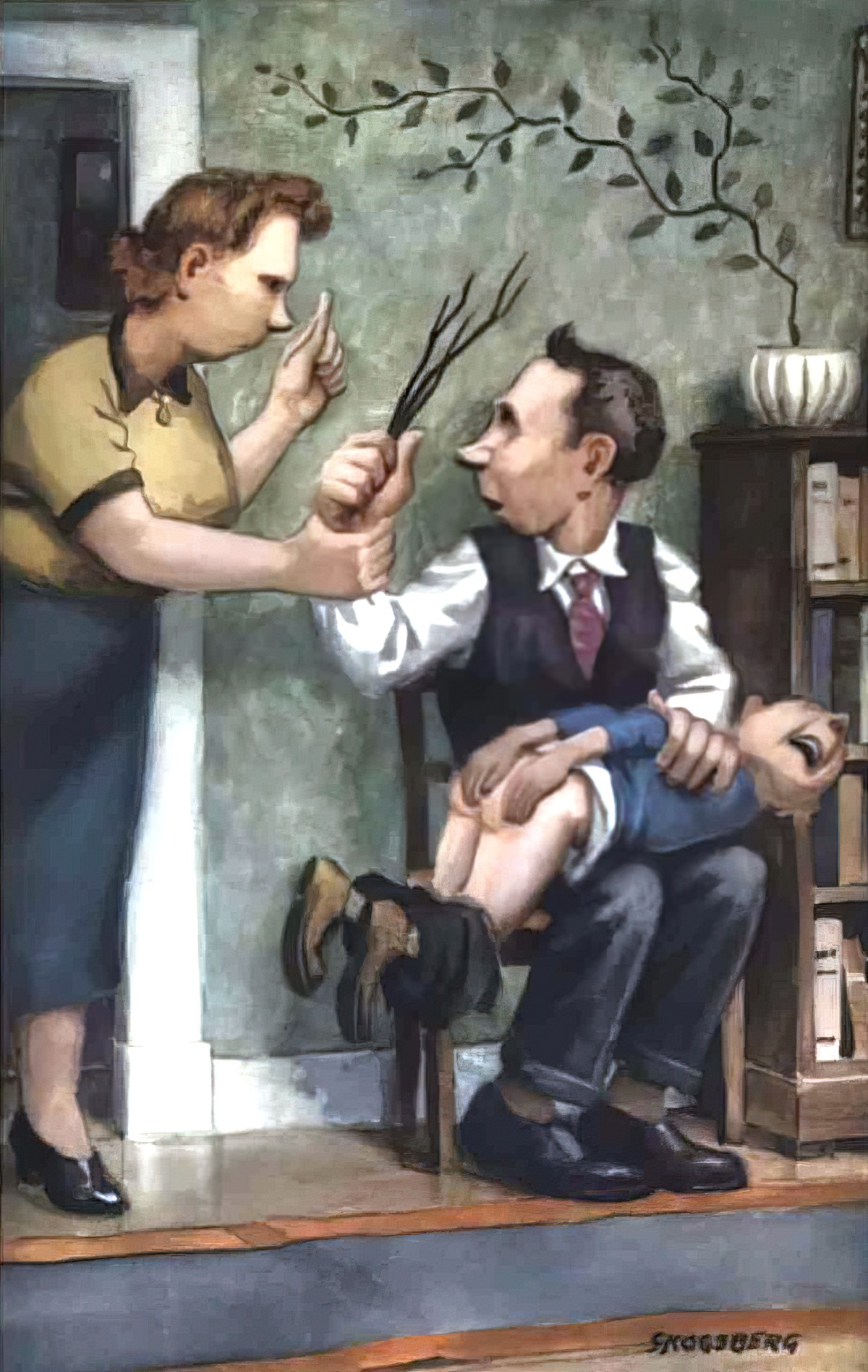
In recent years educators and parenting experts have started telling us that punishment doesn’t work when it comes to modifying children’s behaviour. Techniques around behaviour modification change from one generation to the next and is of course mirrored in children’s literature.
Take parents and children. Parents often feel that children have acted wrongfully, and they are outraged. They want to protest the wrong, and somehow to hold the child accountable. But they usually avoid retributive payback. They rarely think (today at least), “now you have to suffer for what you have done,” as if that by itself was a fitting response. Instead, they ask themselves what sort of reaction will produce future improvement in the child. Usually this will not be a painful payback, and it certainly won’t obey the lex talionis, “an eye for an eye.” If their child hits a playmate, parents do not hit their child as if that were “what you deserve.” Instead, they choose strategies that are firm enough to get the child’s attention, and that express clearly that and how what the child did was wrong. And they give positive suggestions for the future, how to do things differently. So, loving parents typically have the outrage part of anger without the payback part—where their children are concerned. This will be a clue to my positive proposal for democratic society.
Martha Nussbaum, Jefferson lecture on Powerlessness and Politics
John Yorke reminds us that there really is no distinction between a real person and a fictional person when it comes to reader opinions on how ‘avatars’ should be treated:
[Characters] are our avatars and thus our entry point: they are the ones we most want to win or to find redemption — or indeed be punished if they’ve transgressed, for subconsciously we can be deeply masochistic in our desires. Effectively they’re us.
John Yorke, Into The Woods
Jeff Kinney created a very popular character who is basically an asshole a lot of the time, and although Greg Heffley is not actively punished by retributive parents and Trunchbull-archetype teachers, natural consequences tend to kick in for him. Here’s Kinney’s philosophy on punishment in children’s fiction. Like all popular contemporary authors, he’s wary of writing ‘morality tales’:
I think [readers] like to see somebody behaving badly because [they] know you can’t really do that. And you also like to see somebody punished for behaving badly,” he says. “My books are not morality tales but they allow kids to see their own lives through this character; what could happen if they made certain choices.”
Jeff Kinney, Diary Of A Wimpy Kid
Kinney uses natural consequences and an unreliable narrator to great effect. But what about all those other stories with clear, unambiguous baddies? How are we meant to tie those off nicely, if punishment doesn’t work, and is more and more often seen as unfair?
Here are a few case studies in poetic justice, from picture books which have sold really well. It would be worth looking at the most recent picture books too, because these are a few years old now, and this part of culture is changing rapidly.
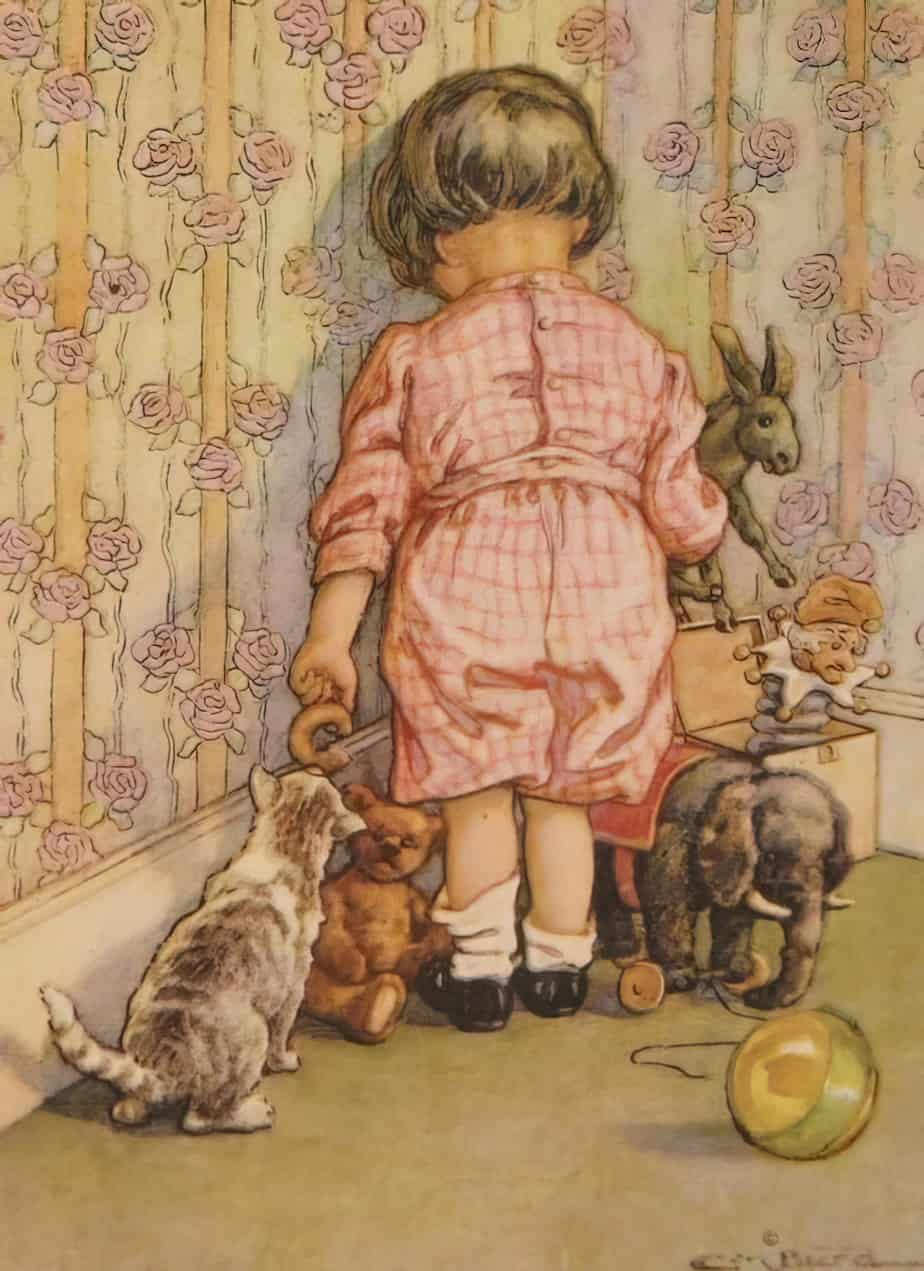
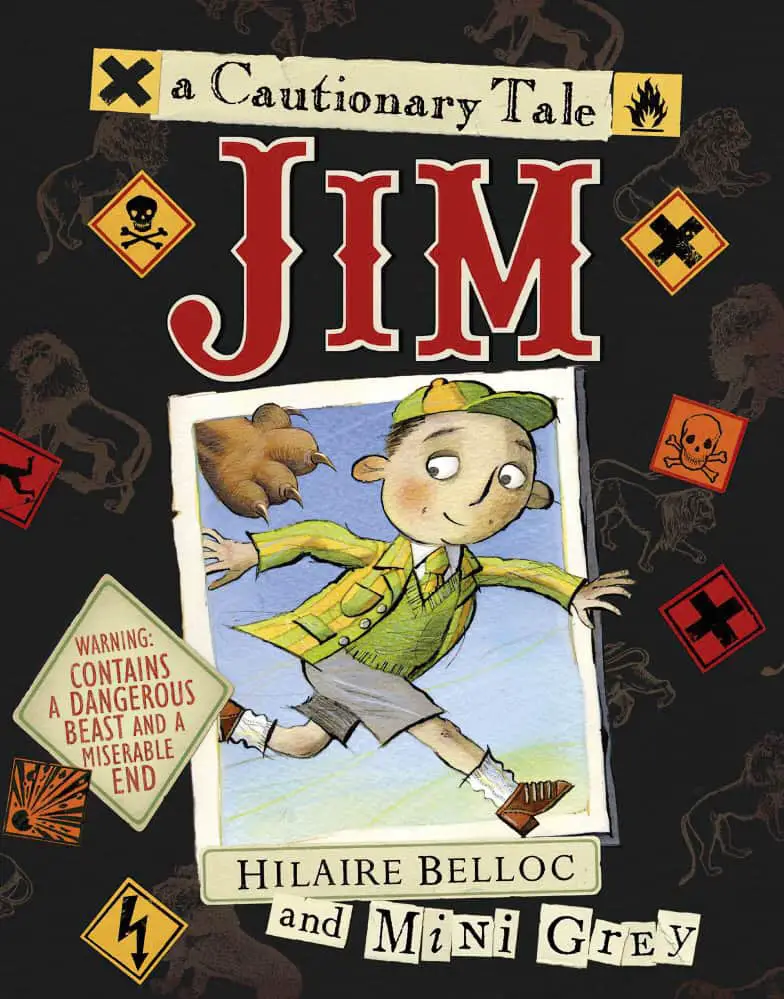
A treat for fans of ghastly gore and egregious endings.
Contains a Dangerous Beast and a Miserable End, states a warning on the cover. But if you are strong of heart and like your humour a little on the dark side, jump right into the brilliant collaboration of the Edwardian humourist Hilaire Belloc, dead for the past 57 years, and the very much alive Mini Grey. Grey’s sly illustrations, clever type designs, amazing lift-the-flaps, and a roaring lion pop-up, not to mention her zoo map with hilarious Rules and Byelaws, make this edition of the classic cautionary tale a collectible to savour. Decidedly not a lift-the-flap for babies, it will lift the spirits of anyone with a well-developed sense of humour.”
SOLUTION ONE: FORCE AN EVIL CHARACTER TO EAT SOMETHING DISGUSTING

Julia Donaldson knows just how to punish her baddies, avoiding the criticism of immorality, but without going too far. Donaldson is indeed a master of knowing what appeals to the broadest possible consumer base.
The Highway Rat ends up being lured into a cave where, in a plot similar to that in the classic Chicken Licken. Emerging on the other side of the cave, somehow unable to return to his hunting ground, this baddie is forced to spend the rest of his life sweeping up the floor of a bakery, eating nothing but crumbs off the floor.
If this were a human character, this would perhaps seem over the top, because it’s basically indentured labour, after all. But for a rat, that’s a kind of heaven, isn’t it? The ick factor comes from the fact that the rat is forced to eat leftovers, and the real punishment is that he has dropped in the social hierarchy.
Carolyn Daniels describes a different rat in a different story — Templeton, a character in Charlotte’s Web, in which E.B. White describes the food at the fair in such a way as to sound both appetizing to the rat character but nevertheless disgusting to the child reader:
In human culture…leftover partially eaten food scraps are generally classed as non-food. Charlotte’s Web contains a range of eaters, two of whom eat leftovers. However, because of the way these particular leftovers are classified, the eaters are characterized very differently.
Templeton, the rat, is a self-confessed “glutton” who loves leftovers. He is lured to the fair (where his services in fetching and carrying “words” for Charlotte to weave into her web are required) by the promise of rich pickings. The old sheep temptingly describes the fair as “a rat’s paradise”.
Everybody spills food at a fair…you will find old discarded lunch boxes containing the foul remains of peanut butter sandwiches, hard-boiled eggs, cracker crumbs, bits of doughnuts, and particles of cheese…a veritable treasure of popcorn fragments, frozen custard dribblings, candied apples abandoned by tired children, sugar fluff crystals, salted almonds, popsicles, partially gnawed ice cream cones, and the wooden sticks of lollypops. Everywhere is loot for a rat…why, a fair has enough disgusting left-over food to satisfy a whole army of rats.
Here there are repeated inferences of impurity, suggestions of dirt and pollution, of excess, and even of abject body fluids. In particular the image of “candied apples abandoned by tired children” suggests something is half-eaten, excessively handled, with the grubby residue of a satiated child adhering to its sticky surface.
Carolyn Daniel, Voracious Children: Who eats whom in children’s literature
Daniels explains that when characters eat dropped/disgusting/leftover/contaminated food, this means that they themselves embody those things. A character who eats something disgusting becomes disgusting. This sequence is basically carnivalesque, where Bakhtin’s bodily principle often comes into its own.
In The Highway Rat, you’ve therefore got a character who becomes bad because he does bad things. Bad is as bad does, kinda thing.
You may have noticed that Wilbur the pig also eats disgusting human leftovers, but he’s a good guy. The difference is, Wilbur is eating things that have been coded as ‘slops’. He is supposed to eat those things. Wilbur’s goodness is underscored when he refuses food because he’s too upset to eat. Baddie rats, on the other hand, take food even when they’ve been gorging. Indeed, this is the set-up in The Highway Rat, where we have a baddie who steals even the food he himself cannot digest (e.g. clover).
Much later, Mo Willems and his writing team wrote an Elephant and Piggie picture book called I Really Like Slop, which makes use of the same story elements to comic effect.
SOLUTION TWO: GIVE THE BADDY A BIG FRIGHT
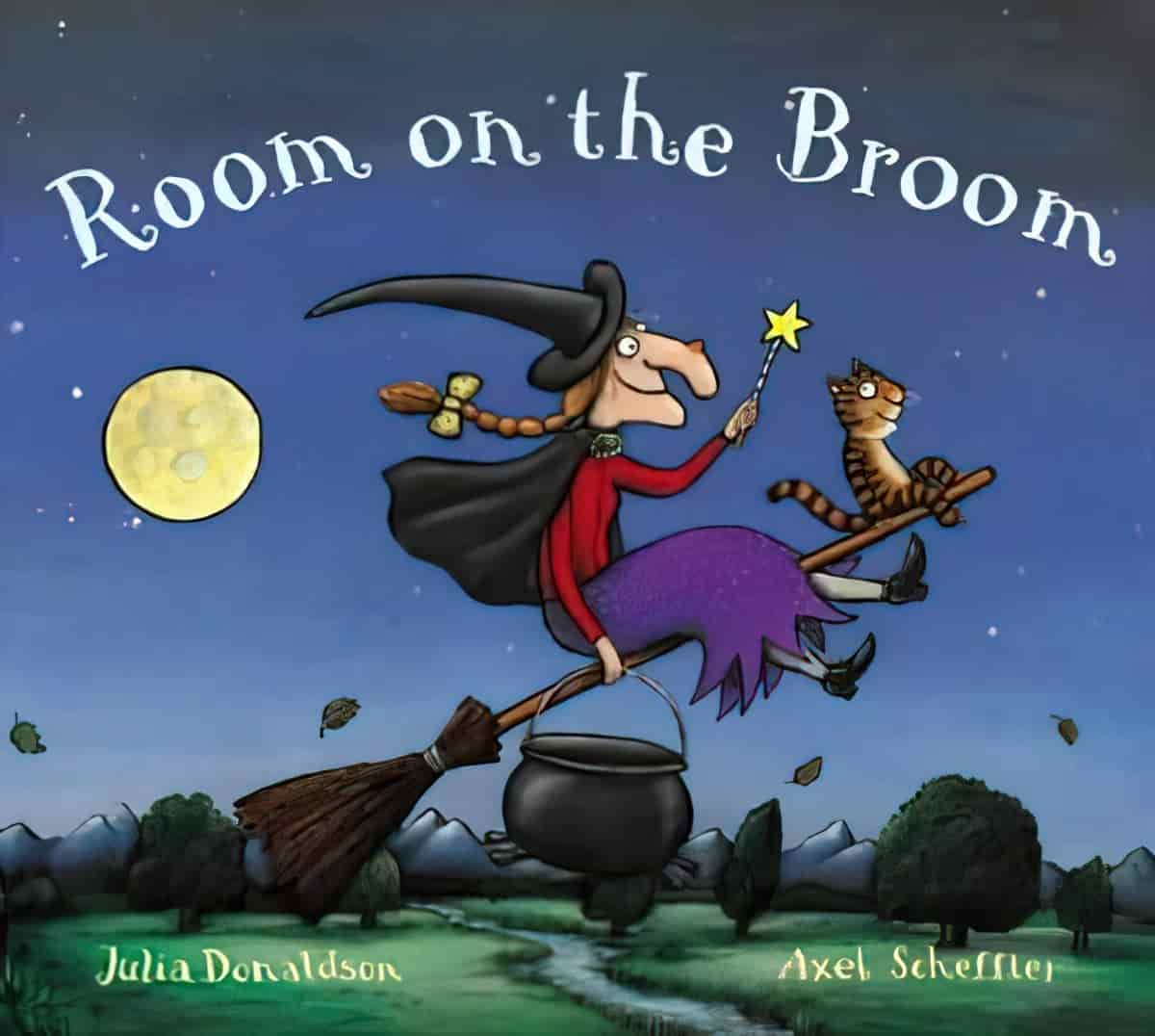
Using a clever, setting-specific variation on the totem-pole trench trope, the empathetic characters in this story all gang up work together to defeat the baddie, who is sent running.
SOLUTION THREE: A NON-INJURIOUS CALAMITY
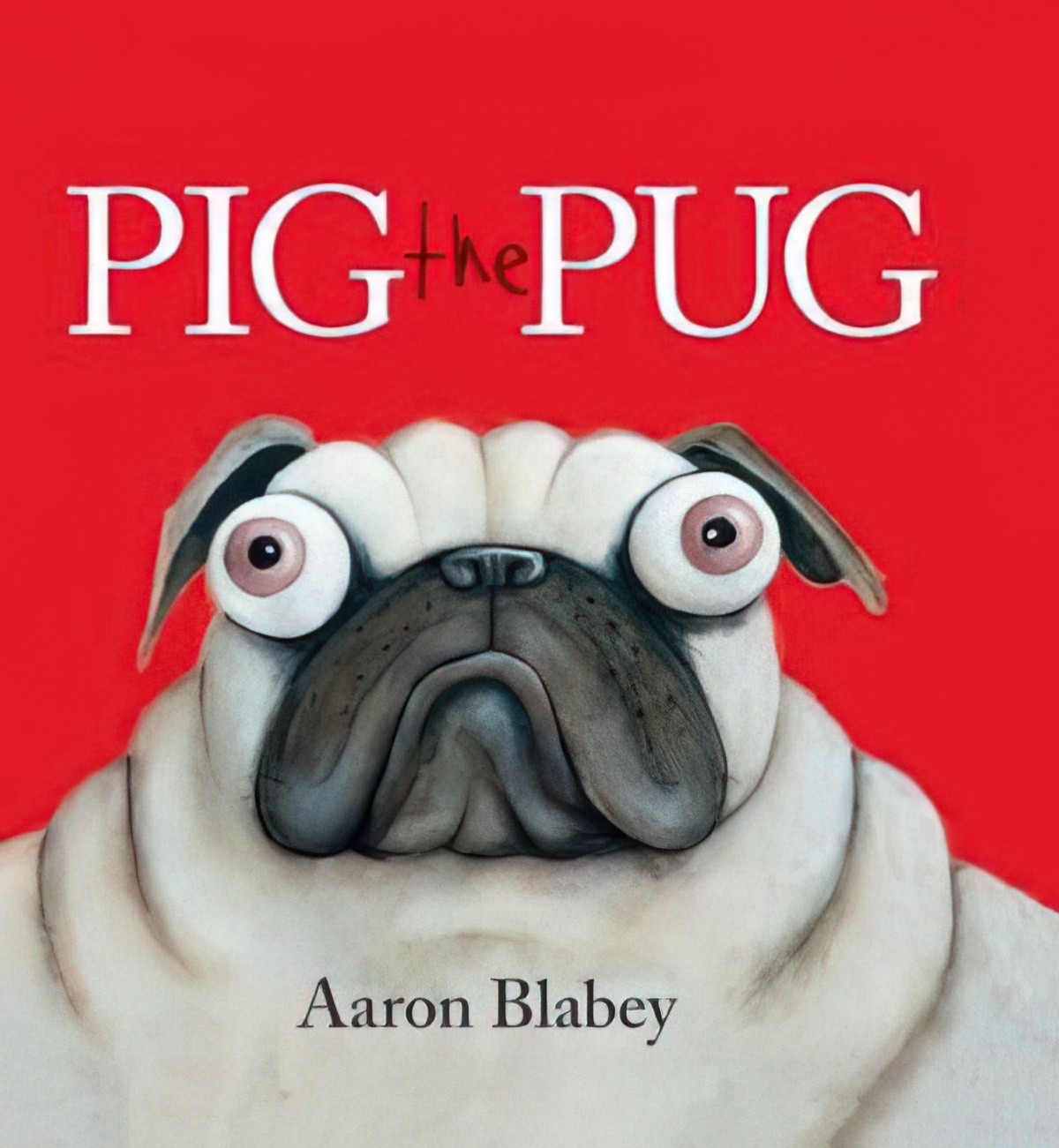
It’s not enough to just give the baddie a minor injury and call it a day. The masterful thing about the plot in Pig the Pug is that the mountain of toys Pig piles up to avoid sharing with Trevor is a metaphor for his greed. When the pile of toys collapses, so does his status as top dog of the household. On the final page we see Pig so fully covered in bandages that it’s comical rather than tragic (much like a certain scene in Office Space). ‘The pile of toys collapsing’ is, of course, an example of natural consequences kicking in. Trevor did nothing to ‘get him back’. Trevor is not into retributive justice.
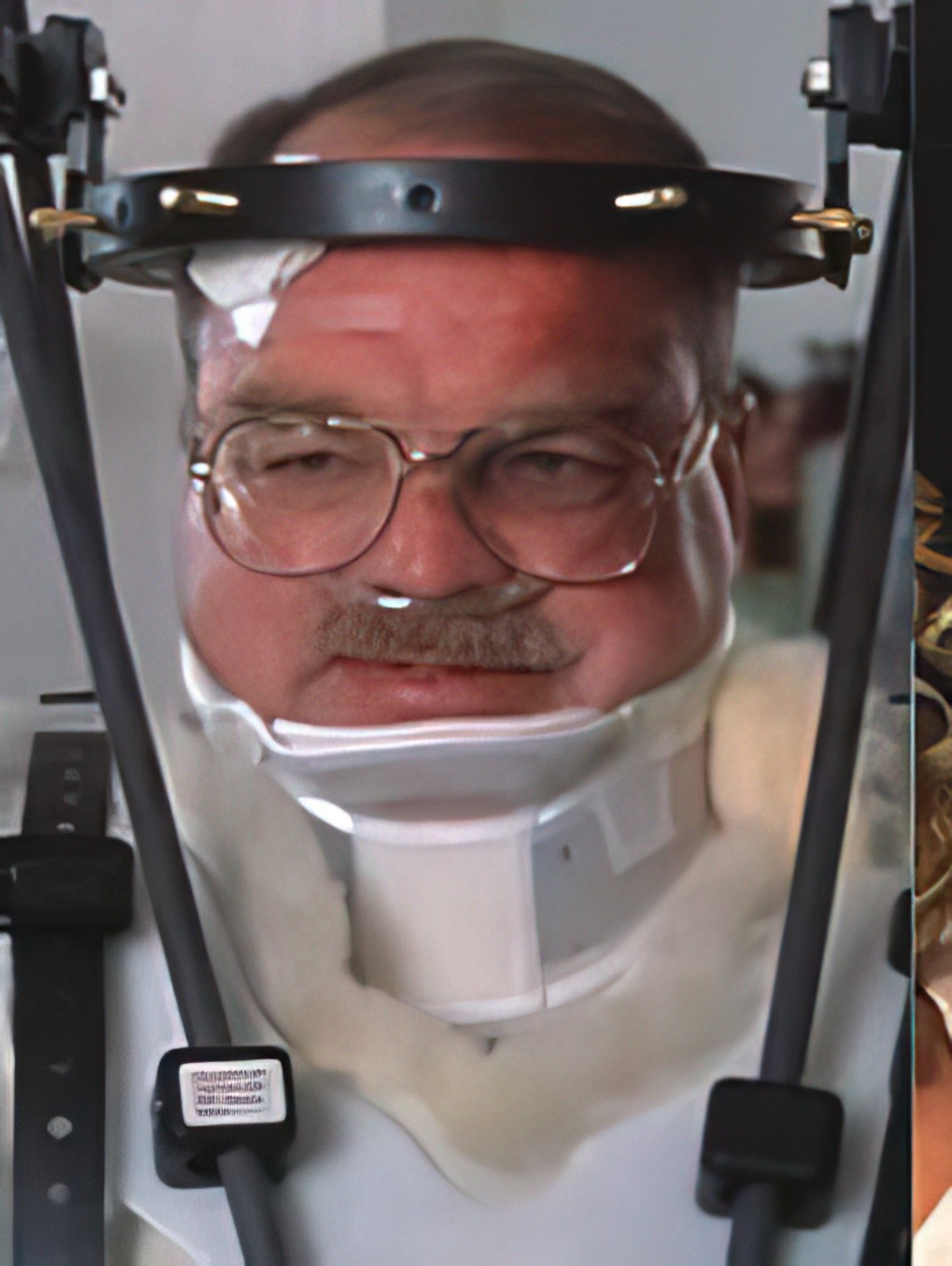
Also noteworth: you can injure your picture book baddie, as long as it’s comical, and as long as the injury is not caused by the empathetic character.
SOLUTION FOUR: KILL THE BADDY OFF
Think you can’t murder your picture book baddie and still win a big award and many adoring readers? Think again! Once again we have an example of ‘natural consequences kicking in’. Like Pig the Pug, the baddie’s own actions lead to a kind of collapse which comes down upon the character, in a highly metaphorical form of poetic justice.
Guess Who’s Coming To Dinner is a prime example of a baddie who ends up dead. Not only dead, but eaten by his friends. In modern literature, it is common to create an ironic twist of fate in which the villain gets caught up in their own trap.
How does one get away with this, as a picture book creator? The following tricks help:
- Make the baddie an easily recognised trope of evil. In this case we have a posh wolf whose only mission in life is to eat our empathetic characters.
- The calamity is of the baddie’s own doing. His own evil leads to his own downfall.
- The horrible death happens off the page.
- In this book, we are very cleverly left to surmise what happened. Don’t spell it out for the reader. In this way, readers who aren’t up to the task of surmising won’t have to deal with a conclusion they may not be ready for.
- Works best in a generally hilarious story, full of hyperbole, good-natured fun and illustrations which invite play, such as ‘Where’s Wally’ type details.
A much different story in which the baddy ‘dies’ is The Cheeky Crow by Ulf Nilsson and Eva Eriksson. The children enjoy setting this crow up as the villain, but when they think it’s dead they are forced to confront their unexpected bad feelings. But as it turns out, the crow is simply stunned, and eventually flies off. The baddy is no longer a baddy, but a real, live creature and the young characters (and the young readers) have developed empathy for it, which I suppose is the aim of the story. Nilsson temporarily killed a creature, made use of the emotions, then ‘brought it back to life’. (If every author did this it would get old pretty quickly.)
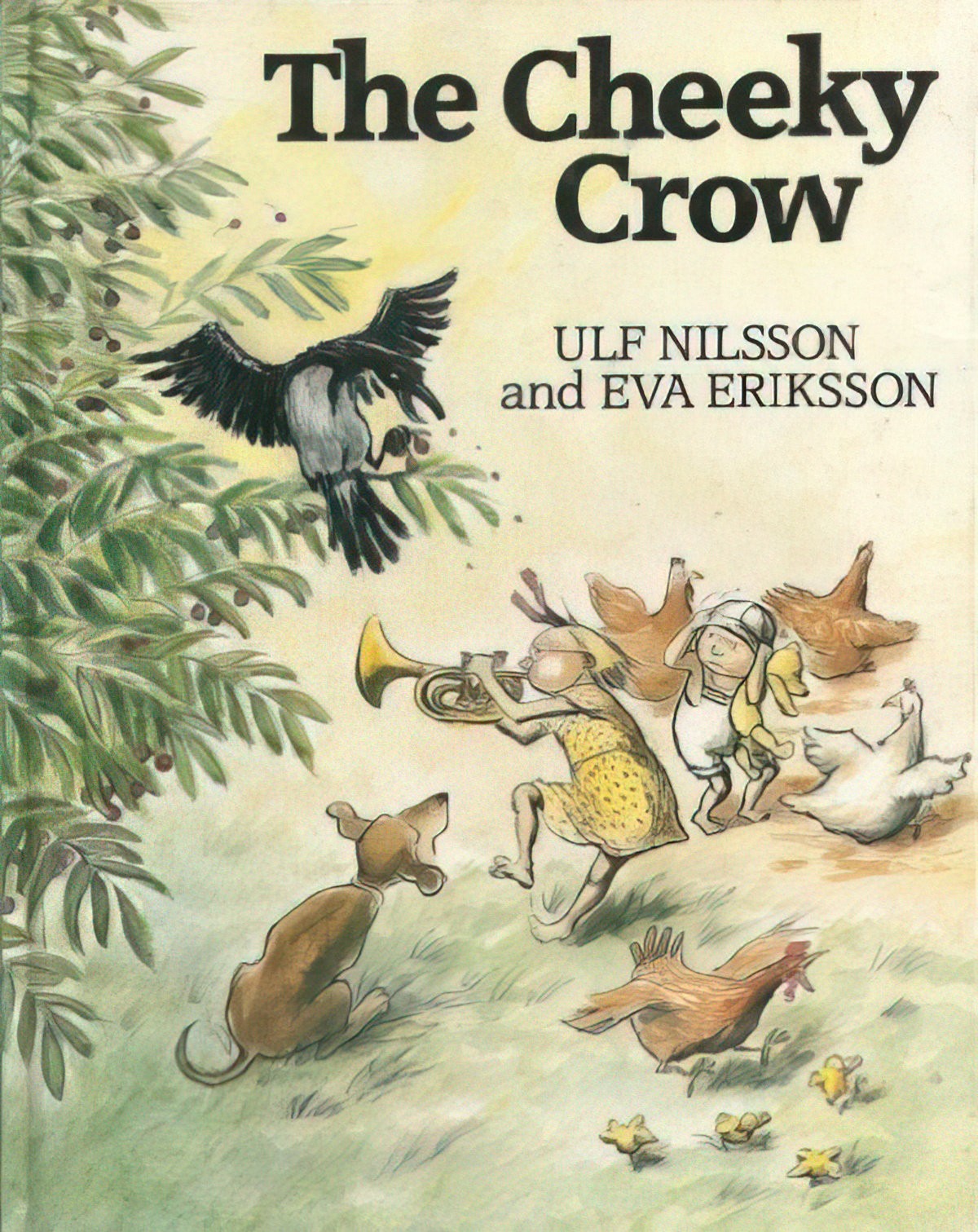
SOLUTION FIVE: TURN THE TABLES WITH WITS
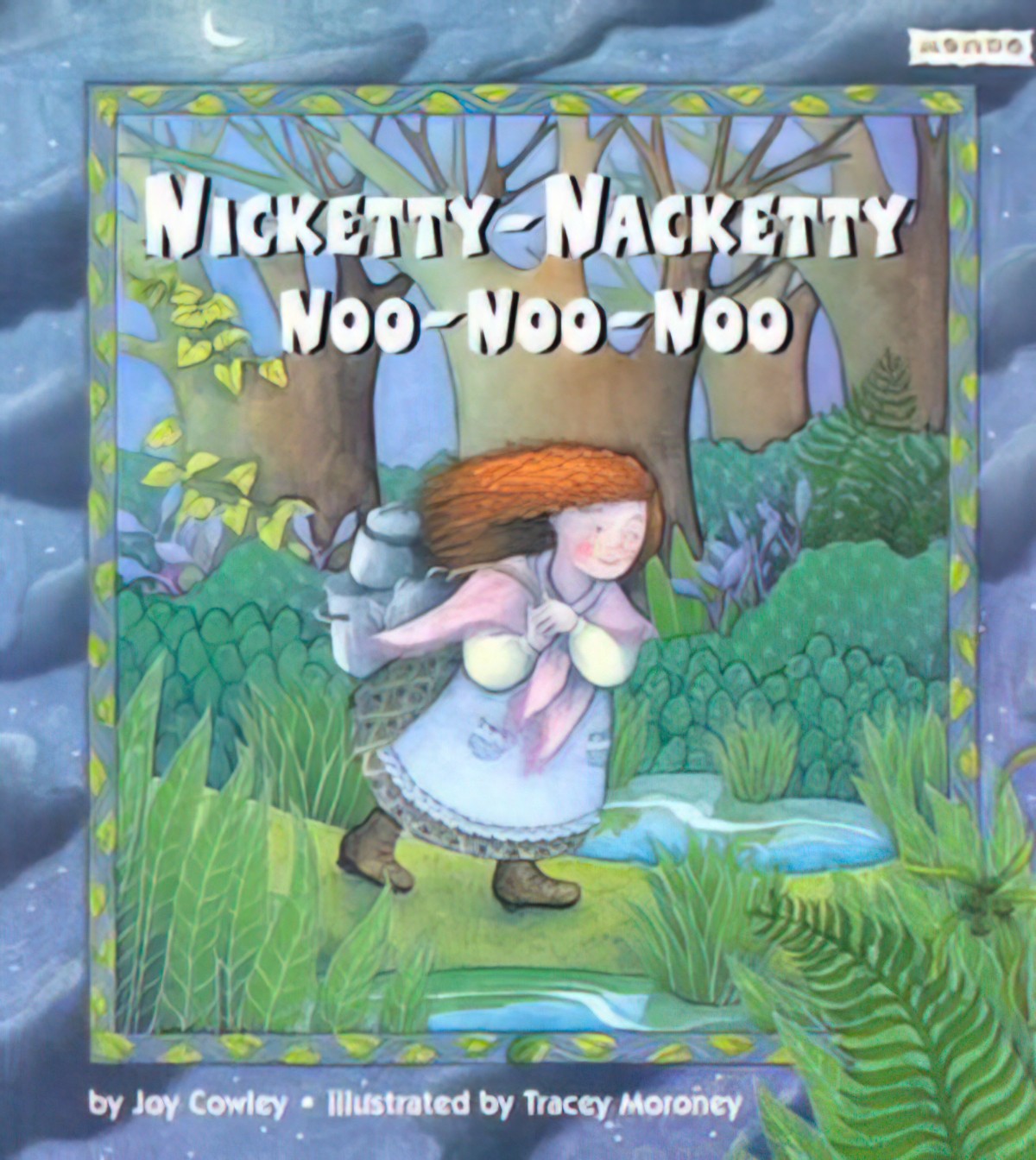
Readers really warm to a character who can outsmart the baddie, aka tricksters. For an example of this, see Joy Cowley’s Nickety-Nackety-Noo-Noo-Noo. In this case we have a rather feminist tale in which a patriarchal husband-type troll wants to steal a wee woman to keep as prisoner (wife). The wee woman escapes by making stew made of glue. When the baddie gets caught up in the gluey stew she is able to make her escape.
In this modern fairytale, she has outwitted the baddie. This is a repeat of what’s already been done in many classic tales such as Hansel and Gretel, in which brother and sister work together to 1. convince the witch that Hansel is not yet fat enough to be eaten and 2. to coax her close enough to the oven so as to push her inside.
Are modern picture book writers able to get away with pushing baddies into fires to scream and burn in agony? I don’t think so, but look at how many illustrators have decided to re-do Hansel and Gretel. It seems if we want to keep this kind of Grimm violence alive (and published), remaking a classic fairytale is the way to go.
A variation on this sort of comeuppance can be found in Rosie’s Walk (and all the copycat plotlines that came afterwards) in which the naive empathetic character has no wits whatsoever — rather, gets out of trouble due to dumb luck.
That Is Not A Good Idea by Mo Willems is another example of this kind of plot. The wonderful thing about this book is that it’s a spoof of a B-grade horror flick — you know the kind — the beautiful female is sent into all sorts of ridiculous situations and you want to yell, ‘Don’t go in there!’ It’s pretty insulting actually, that women are used in that way, so to have the female duck turn the tables on the fox is a satisfying experience.
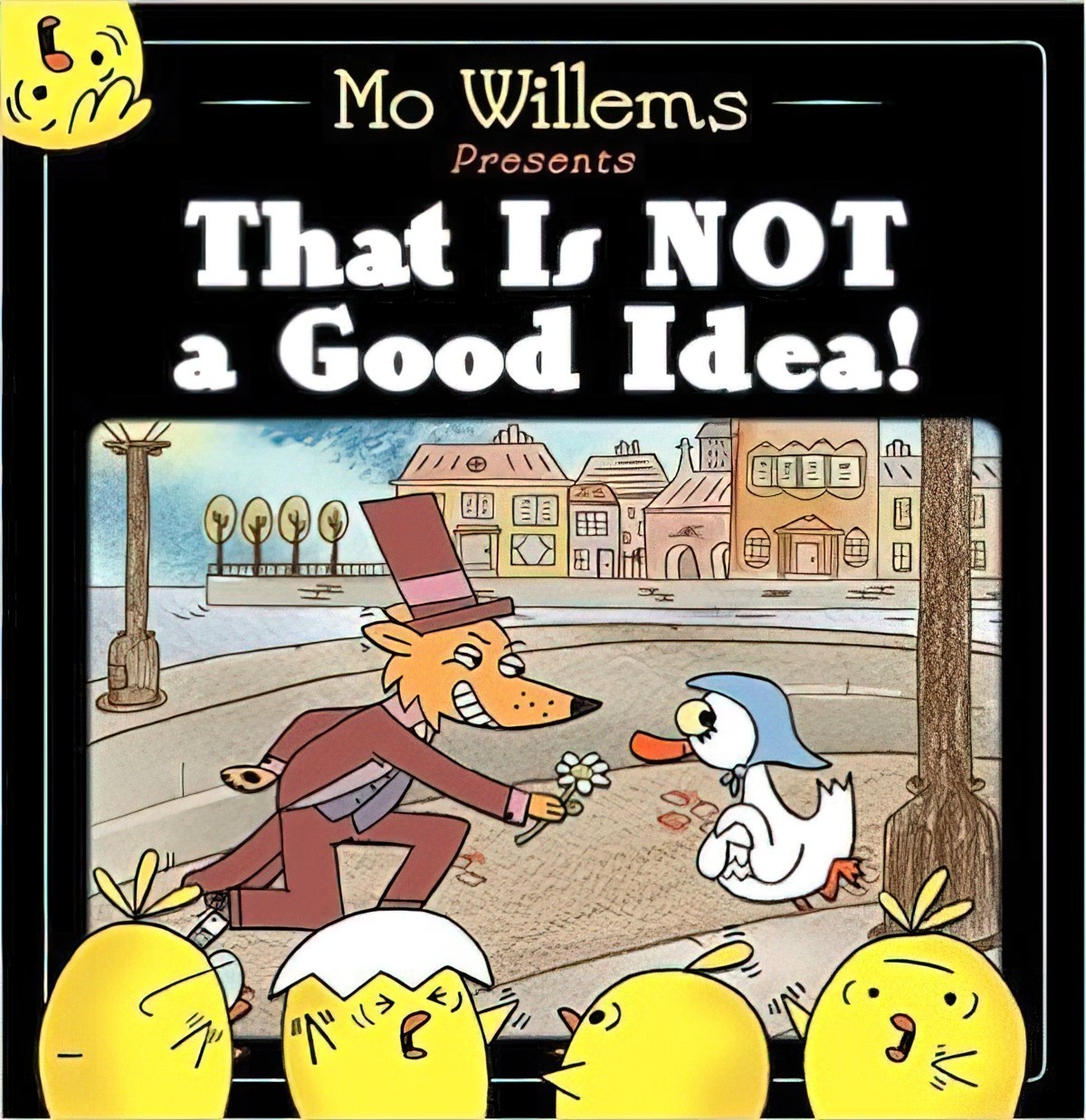
SOLUTION SIX: EXPOSE THE BADDY’S GREAT WEAKNESS
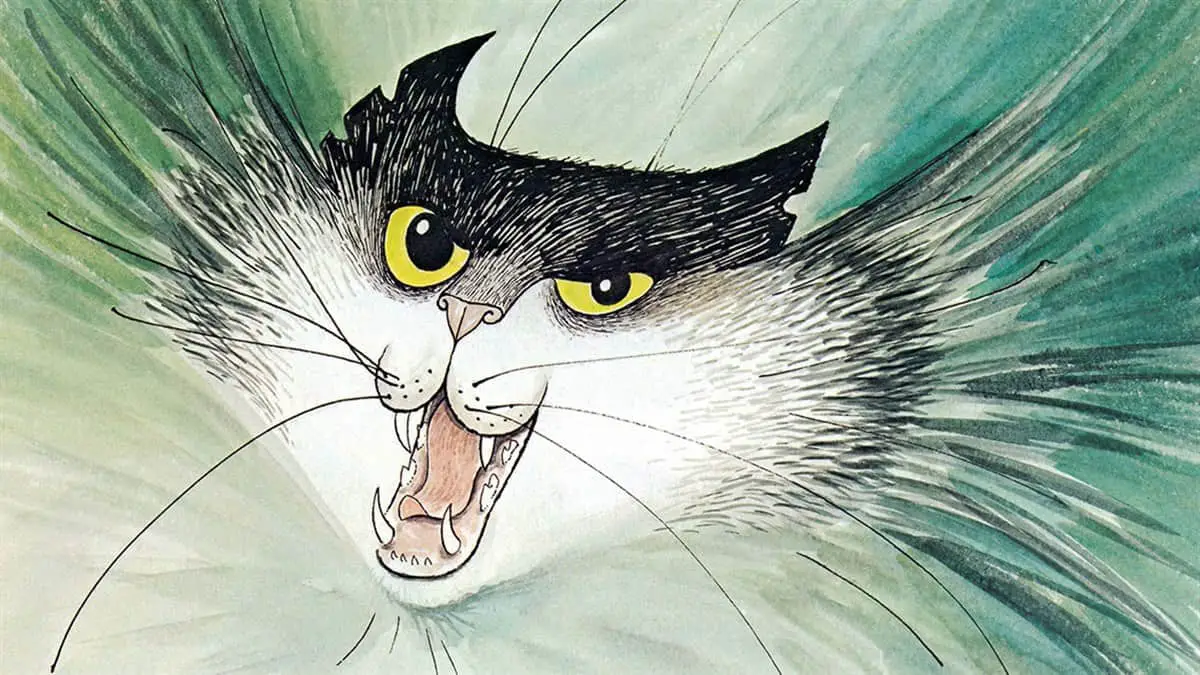
Scarface Claw is the wonderful villain of Lynley Dodd’s Hairy Maclary series but the reader soon learns that, despite his formiddable appearance, Scarface is actually a scaredy-cat. That may explain why my own daughter called him ‘Scarfy Claw’ when she was a toddler — she saw right through his tough exterior.
With this type of ‘baddie’, simply exposing the baddie for what he is is often sufficient as a conclusion. Scarface Claw finds himself stuck up a tree in need of rescue in Caterwaul Caper. In Scarface Claw (the book named after him), he ends up frightened by his own reflection in a mirror. This is a wonderful comment on how Scarface’s appearance is the source of (indeed, the beginning and end of), his scariness.
Of course, in order to expose a baddy’s shortcoming you must first establish one. Don’t forget to do that at the beginning of the story! (Or as a characteristic running right through the series.)
In picturebooks, this seems to work really well when you start with a baddy who looks formidable. In fact, it seems to be a requirement. In the It’s The Bear! series by Jez Albrough, we have a usually cute character as possible baddie (the teddy bear) and because of its enormity we are surprised when we find that it’s basically a teddy-bear version of the empathetic main character, and just as scared.
SOLUTION SEVEN: BANISH TO FOREIGN LANDS FOREVER
You may argue that the main punishment suffered by the Highway Rat is removal from his home. But the visual we’re left with is that of the bakery, so we’re inclined to forget the main part of the punishment. Another classic book in which the baddie is ostricized, ‘taken somewhere/from the far end of town where the Grickle-grass grows’ is The Lorax, of course. Like the Highway Rat, the Lorax was basically causing a community great strife, upsetting the order in the same way an uncaptured serial murderer might.
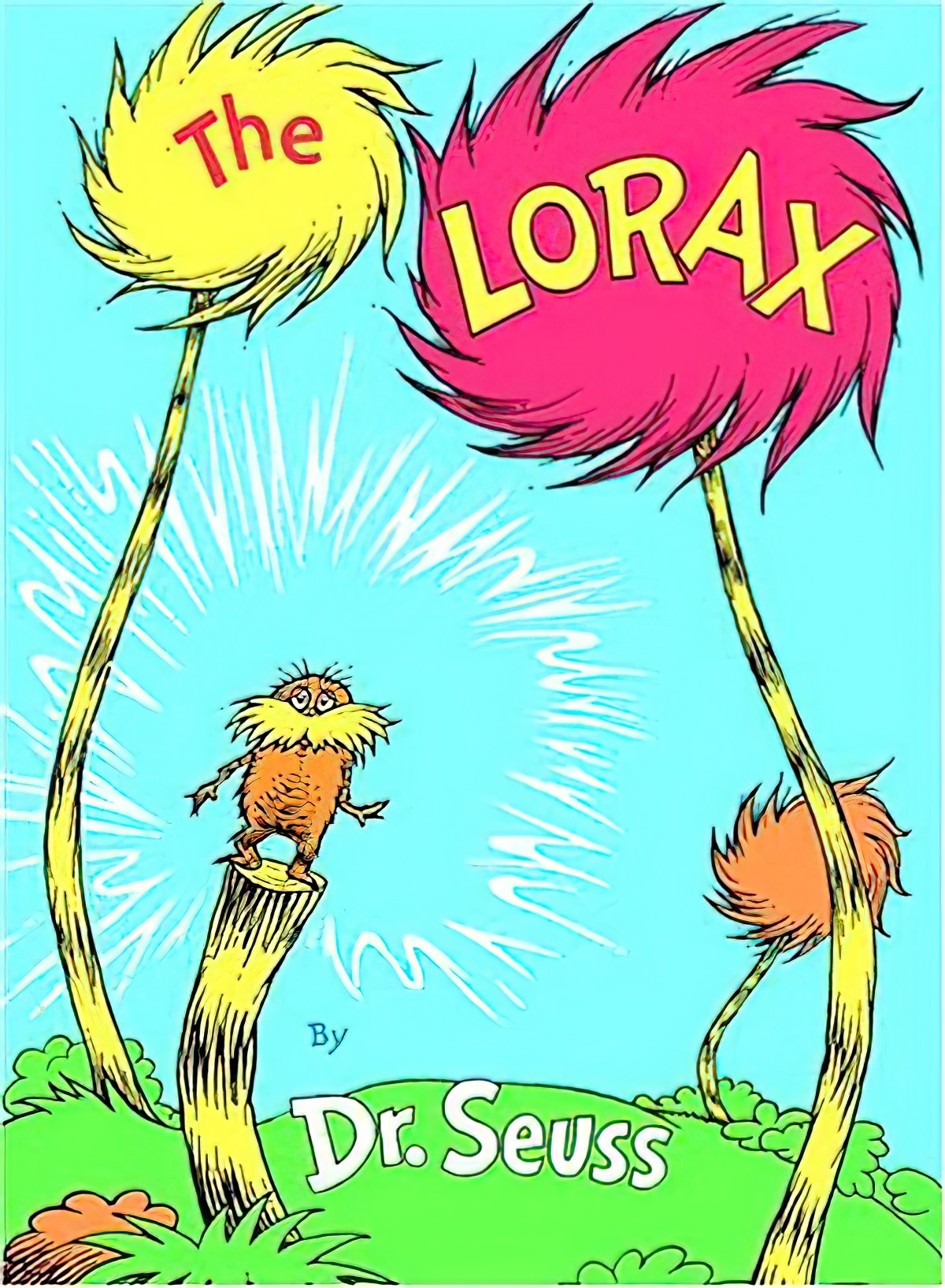
Of course, the difference in The Lorax, is that the guy causing all the upset to the community is a goodie by the modern reader’s estimation. The story is therefore a tragedy rather than a comedy. Dr Seuss conveys his environmental message by inverting the usual way of things — he ostracizes the baddy rather than the goodie, making use of the old Western trope, in which the hero rides into town then leaves, unhappily, to presumably try and save the day somewhere else.
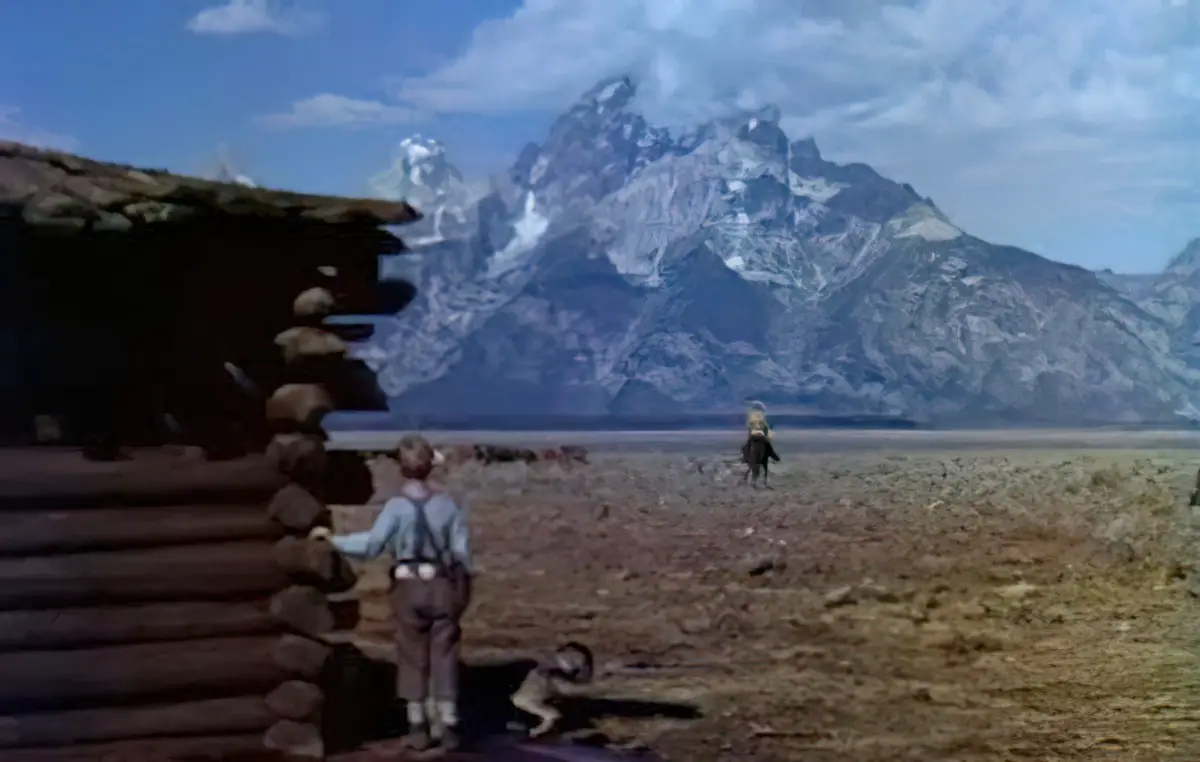
SOLUTION EIGHT: THE BADDY DOES NOT EXIST
In Which Pooh and Piglet Go Hunting And Nearly Catch A Woozle
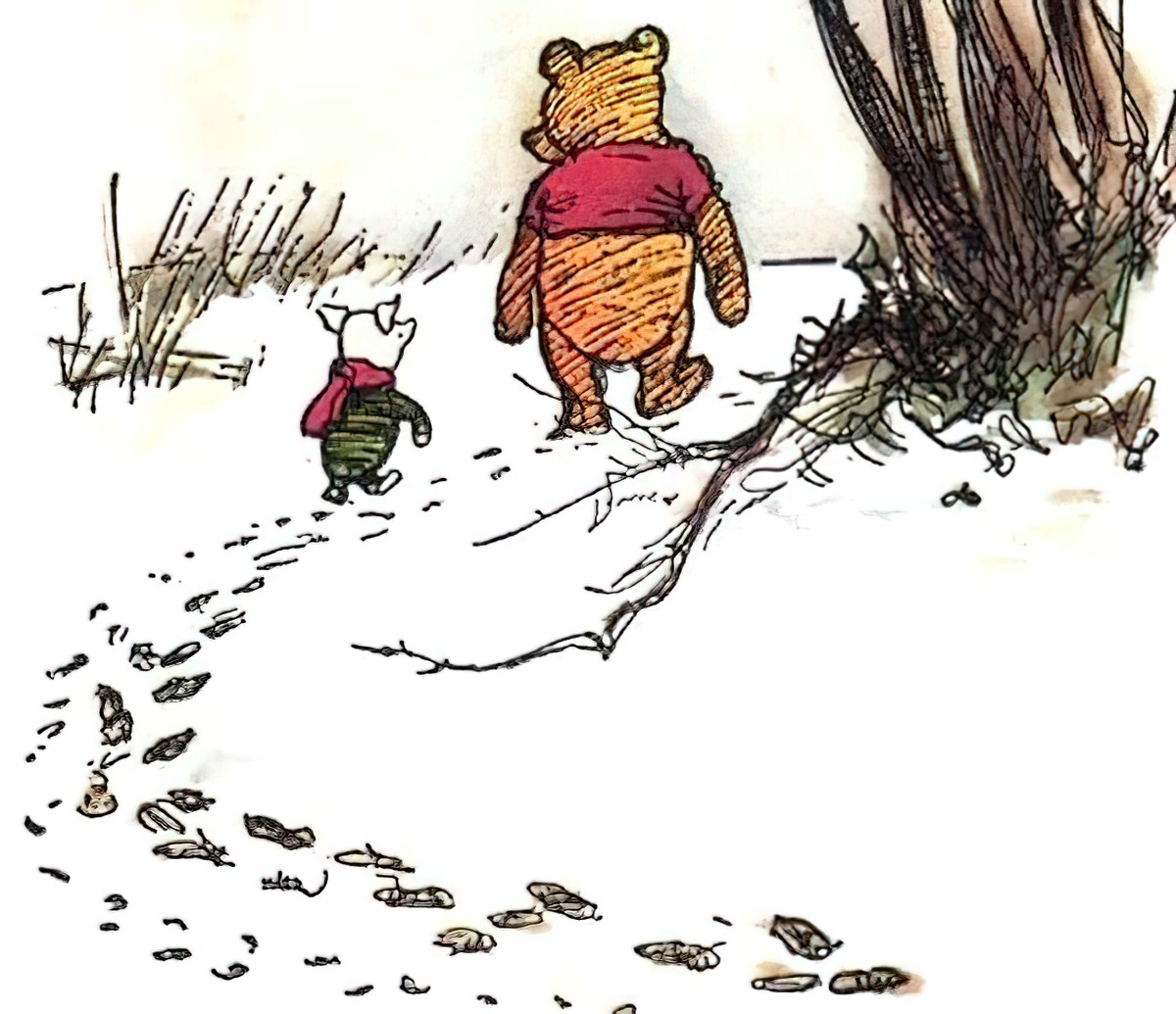
This is a chapter rather than a stand-alone picturebook, but this is the one in which our naive main characters are foiled by their own footsteps.
There is now a thing called The Woozle Effect.
Julia Donaldson uses this trope for the first part of The Gruffalo, in which the mouse manages to persuade all sorts of scary animals that he is off to have lunch with a so-called Gruffalo. But the story turns again when it turns out the Gruffalo is a real thing. I feel this story owes a lot to A.A. Milne.
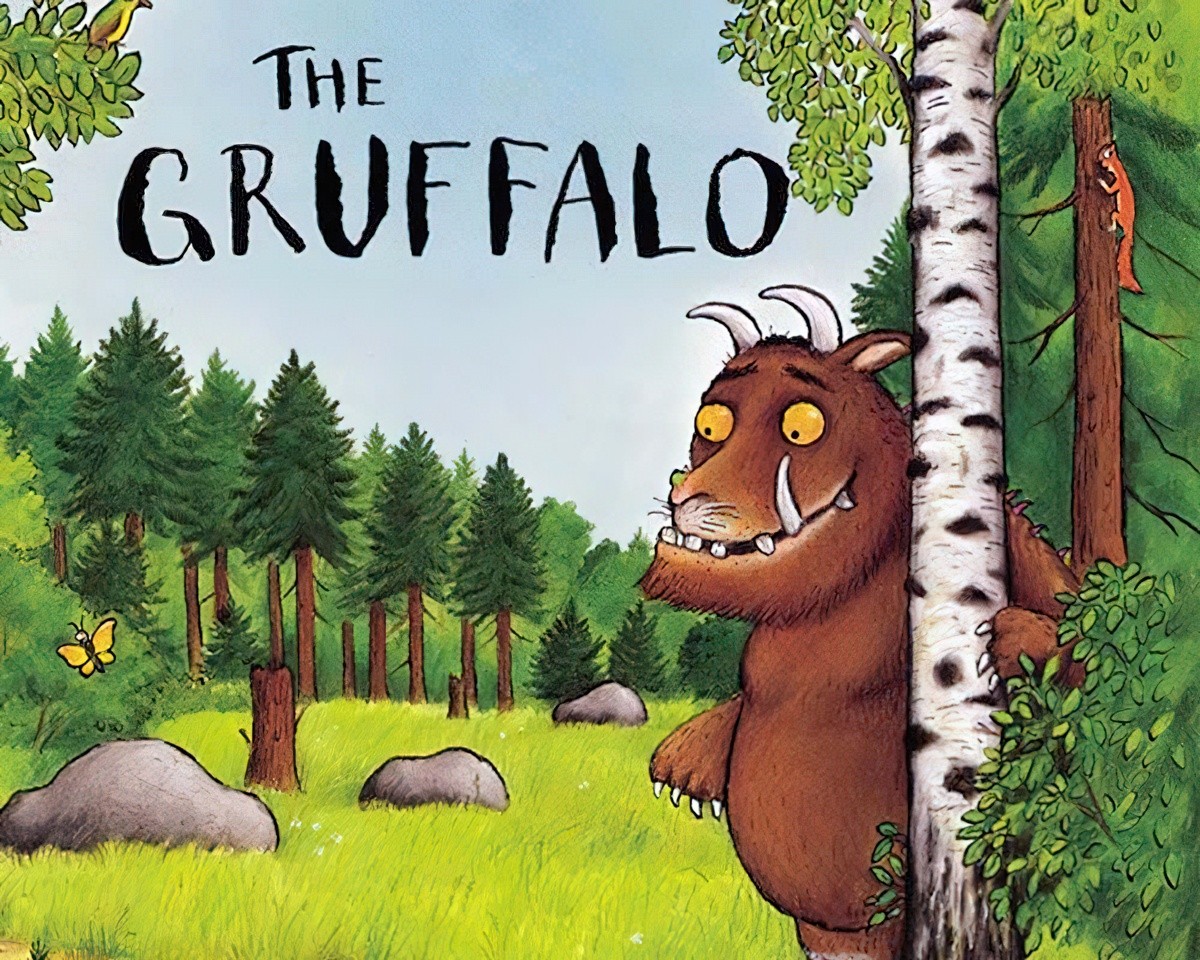
With an imaginary villain, sometimes the main character realises their mistake but at other times only the young reader does, creating dramatic irony and humour and the feeling that one is very smart.
SOLUTION NINE: BADDY TURNS OUT TO BE BENIGN
There are many many go-to-bed picture books in which the feared monster turns out to be nothing scary at all. There are so many examples I can’t even think of a single one.
You’ve also got stories in which the feared-thing is not a monster but an everyday thing. For example, I Will Not Ever Never Eat A Tomato by lauren child, in which Charlie tricks his little sister into overcoming her fear of certain healthy foods. The baddy tomato turns out to be good, and doesn’t quite fit into this category because there is no punishment needed in the end.
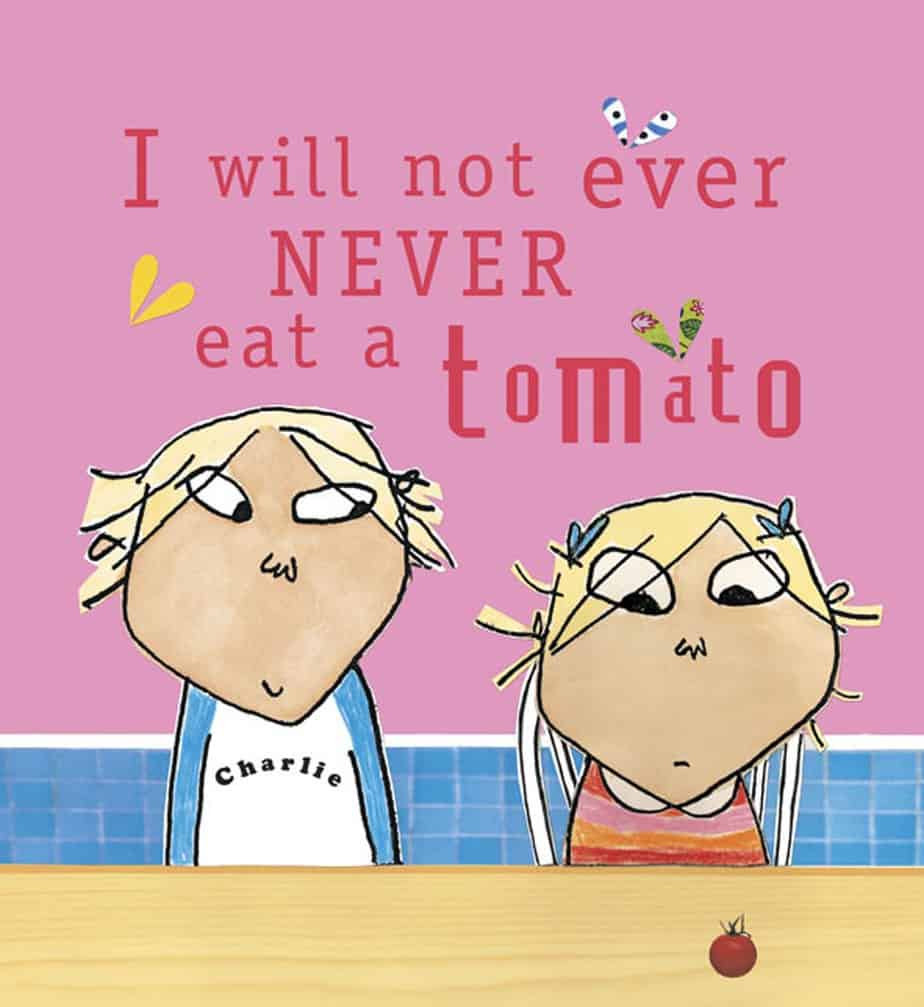
SOLUTION TEN: BADDY GETS A SECOND CHANCE
I’ve never come across an evil person. Have you? I write about what people really eat, and where they really live. I write about what people are really like, and in my experience most people are very kind to most people.’
‘Mm.’
‘I do have stupid and arrogant people in my books…’
‘You draw the slightly iffy characters in. Like David.’
‘I loved David! He’s one of my favourites.’
‘Instead of kicking them out, letting something dreadful happen to them.’
‘Oh, that’s a very simplistic thing to do. I don’t think that’s how real life works.’
‘It’s so sweet. The Cassons; they keep collecting people, don’t they?’
‘They would be very boring, just one family and no outsiders, so you have to give them friends or they wouldn’t be normal people. And their friends are going to be a mixture. David was a… he wasn’t really a bully, but he was led into bullying, by someone with a weak nature. There are people like that, and I think a lot of people who are going the wrong way are all too glad to see a way out of it, to be honest.’
‘They want to be given a chance.’
‘Yes, it is a world of second chances. I do believe that very strongly. I’m writing for a very young age group, and I think if I wrote adult books… I would like to write adult books,’ Hilary sighs but sounds quite determined, ‘actually, I might do that, and then you could go darker… I’m not very good at writing people off completely, because it always seems like a “what if?” possibility.’
‘Yes, that’s why I prefer children’s books. You don’t have to be quite as dark as people are in adult books.’
Hilary McKay at Book Witch
Punishment in Young Adult Literature
I have so far focused on punishments in stories for young readers, but young adult literature is a different thing entirely. In this category, characters die at an alarming rate.
Nicole Galante argues that death as punishment too often strips young readers of power they may otherwise grasp in the here and now:
In order to begin to restore power to adolescents, YA must stop doing two things. Firstly, it must stop relying so heavily on the future that the present is forgotten, and young adult readers are consequently are rendered powerless. Secondly, it must stop killing off “rule-breaking” characters. There are a million and one ways to punish characters for breaking the rules that don’t involve killing
Nicole Galante – A Genre Against Them: Regulating Young Adults Through Literature
them—and nearly every single one of those ways is more ethical than death. Of course, there are benefits of discussing the future and including death. It would be irresponsible of the genre to never look forward in time, just as it would be to paint a picture of the world that ignores the reality of premature deaths. However, mention of the future should never be so overbearing that the Spectacular Now is erased of all meaning, and death should be represented realistically rather than with exaggerated frequency.
RELATED
Getting away with murder: literature’s most annoyingly unpunished characters from Charlotte Seager at The Guardian
“When I first heard it, from a dog trainer who knew her behavioral science, it was a stunning moment. I remember where I was standing, what block of Brooklyn’s streets. It was like holding a piece of polished obsidian in the hand, feeling its weight and irreducibility. And its fathomless blackness. Punishment is reinforcing to the punisher. Of course. It fit the science, and it also fit the hidden memories stored in a deeply buried, rusty lockbox inside me. The people who walked down the street arbitrarily compressing their dogs’ tracheas, to which the poor beasts could only submit in uncomprehending misery; the parents who slapped their crying toddlers for the crime of being tired or hungry: These were not aberrantly malevolent villains. They were not doing what they did because they thought it was right, or even because it worked very well. They were simply caught in the same feedback loop in which all behavior is made. Their spasms of delivering small torments relieved their frustration and gave the impression of momentum toward a solution. Most potently, it immediately stopped the behavior. No matter that the effect probably won’t last: the reinforcer—the silence or the cessation of the annoyance—was exquisitely timed. Now. Boy does that feel good.”
Melissa Holbrook Pierson, The Secret History of Kindness (2015)
